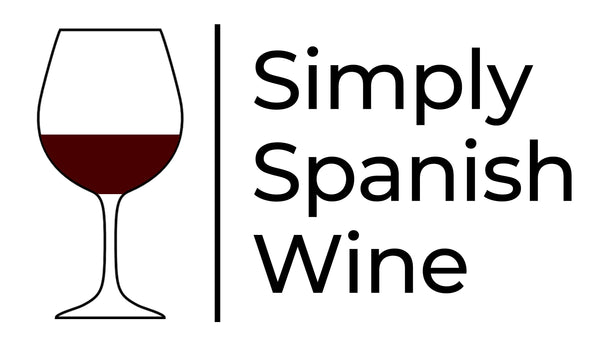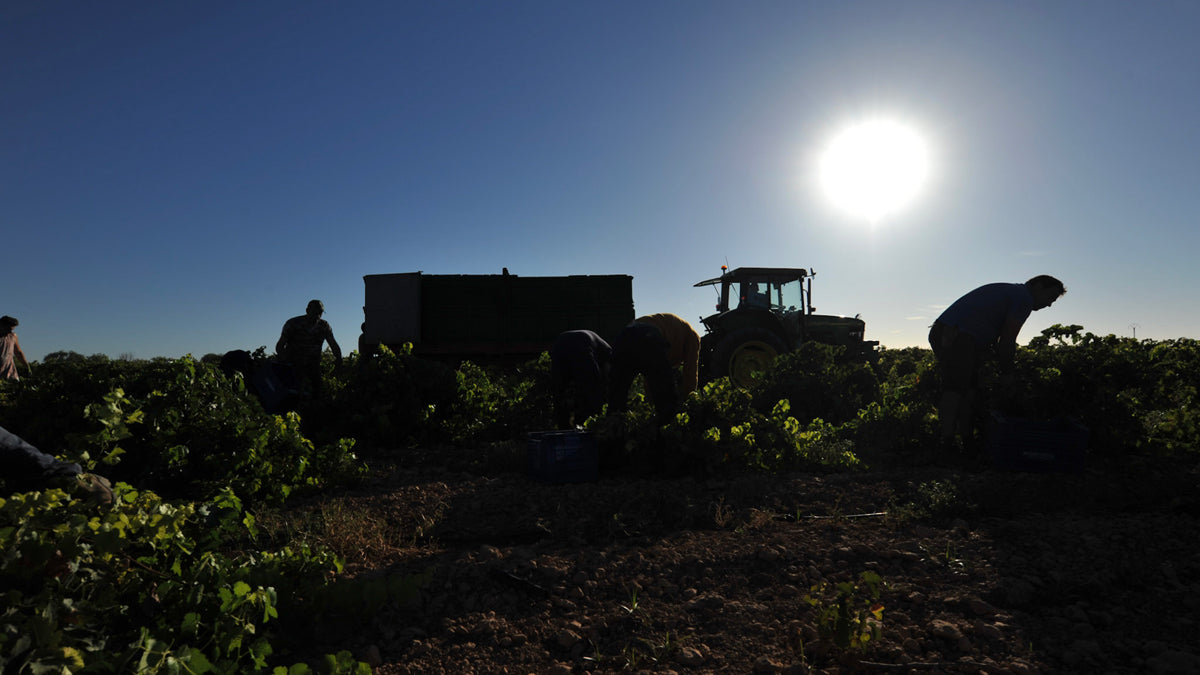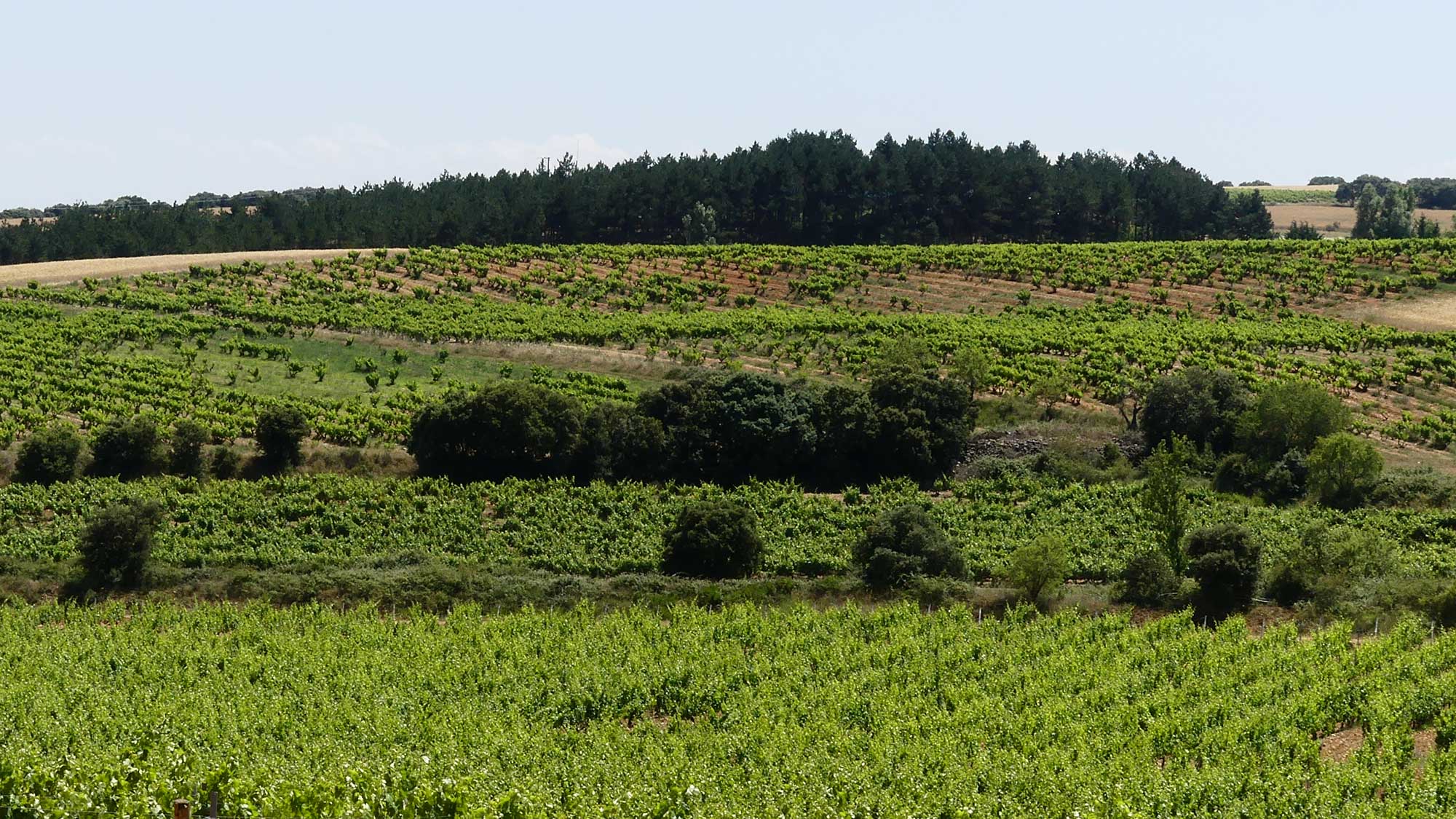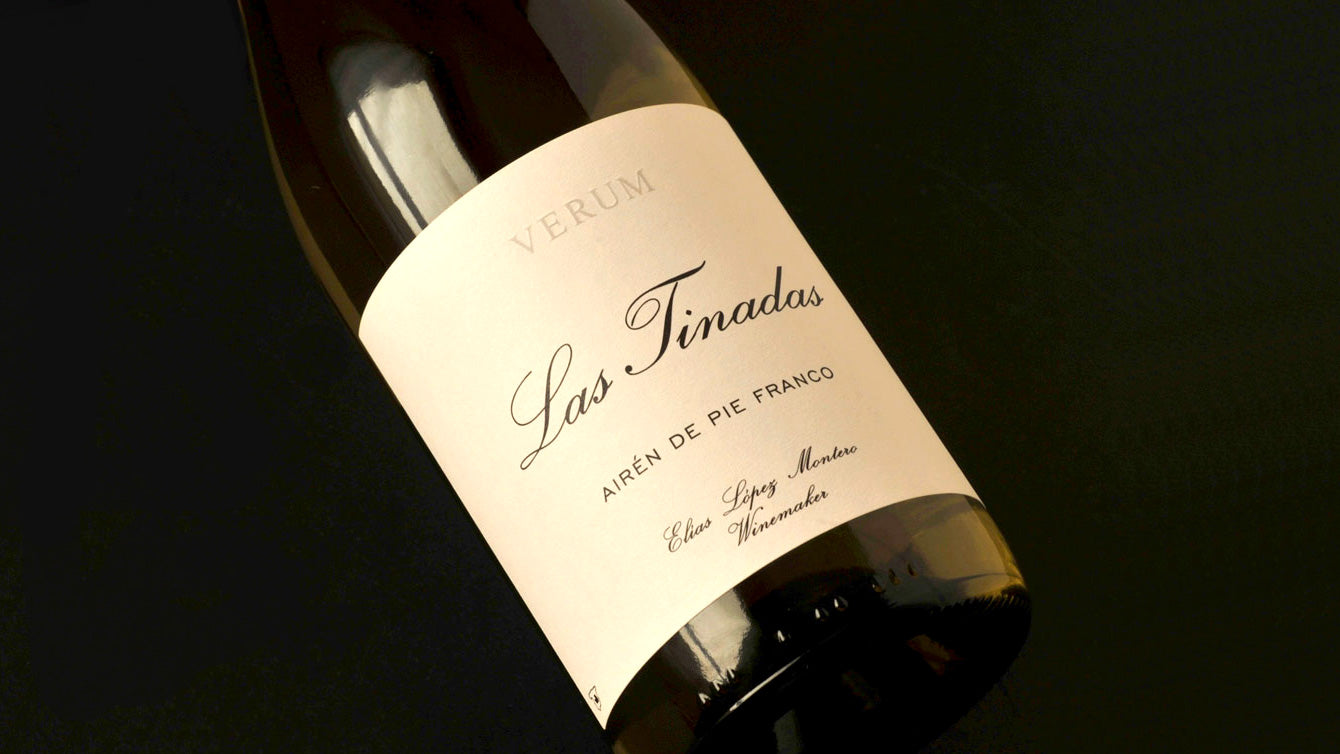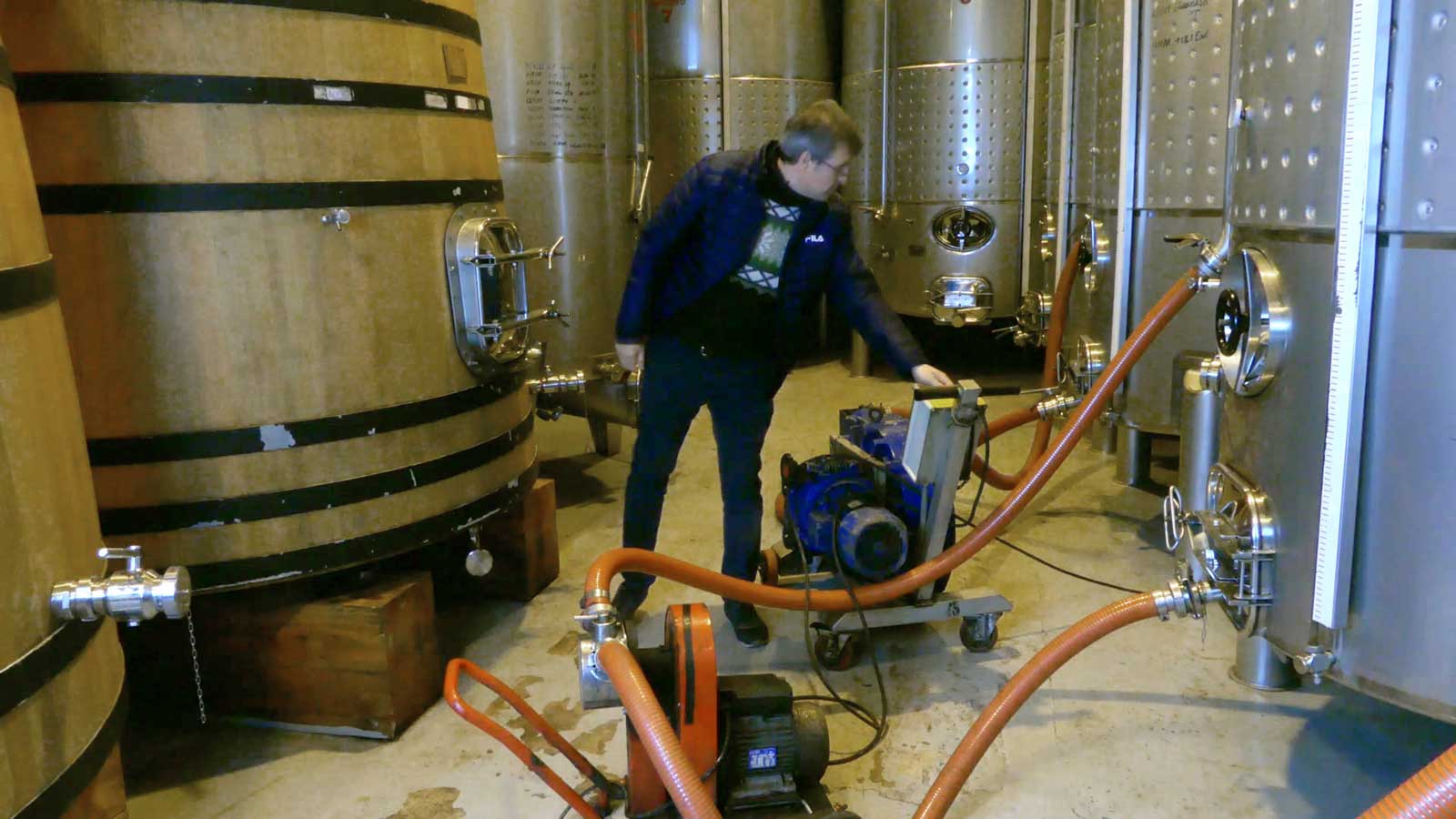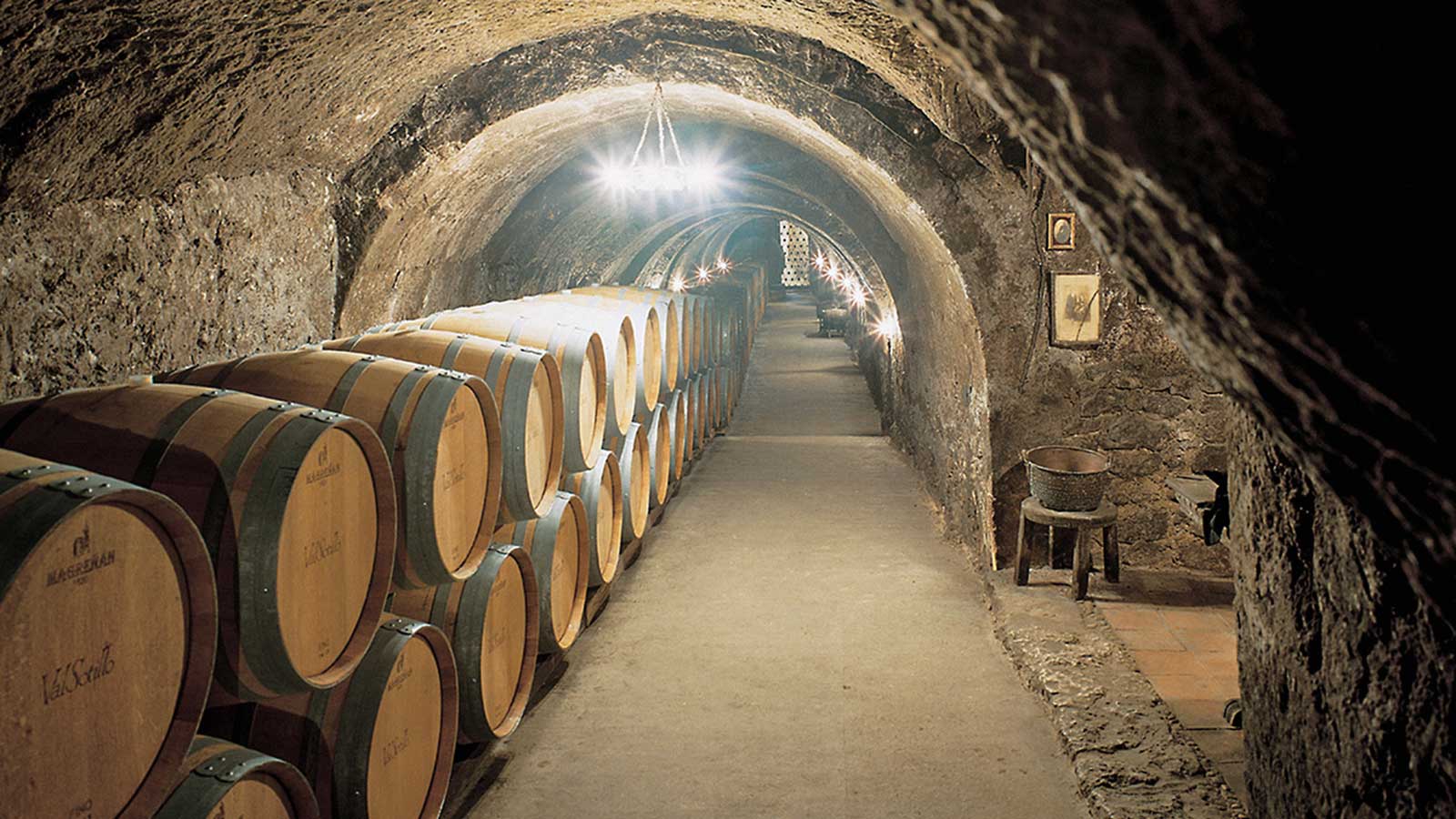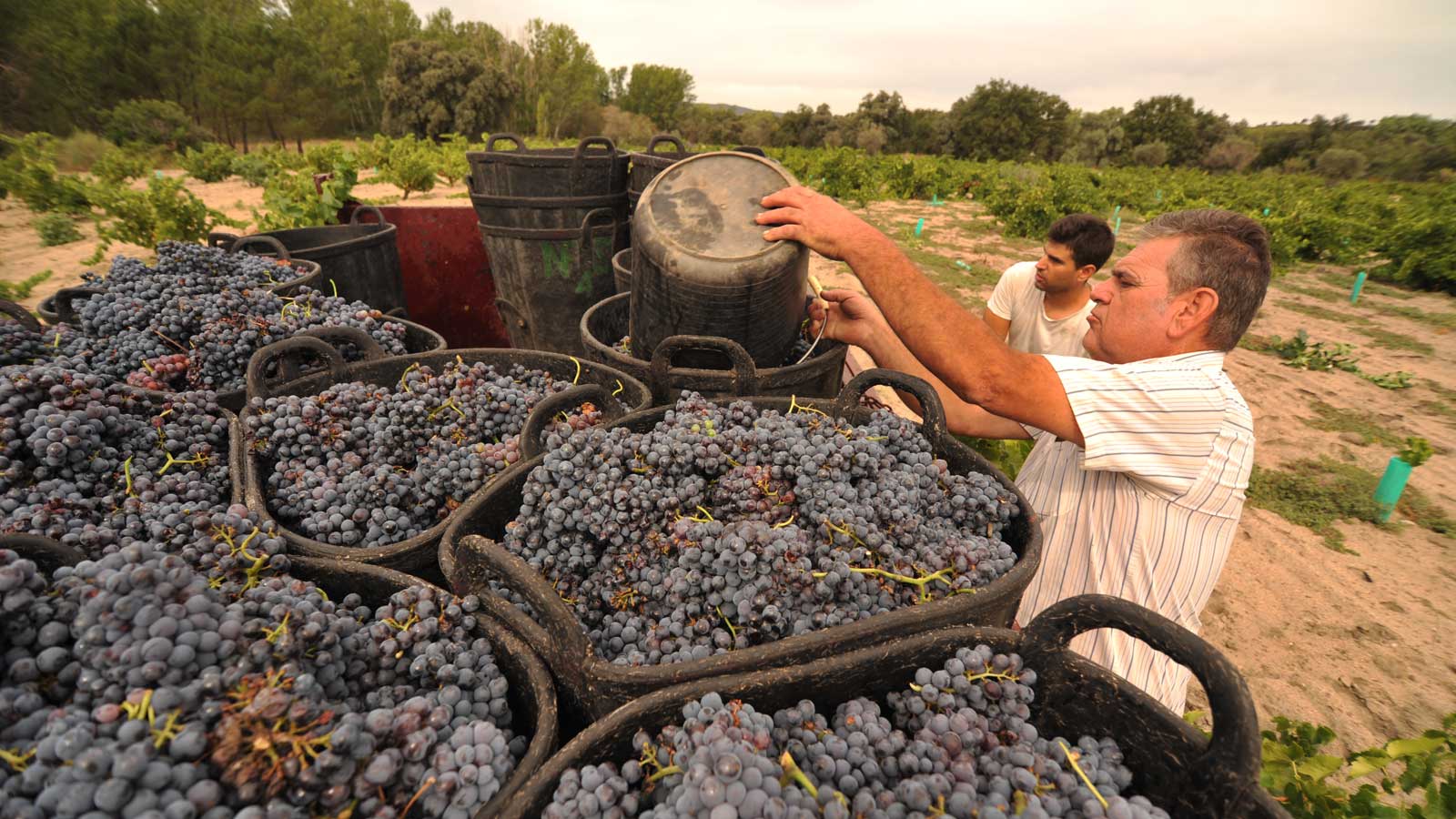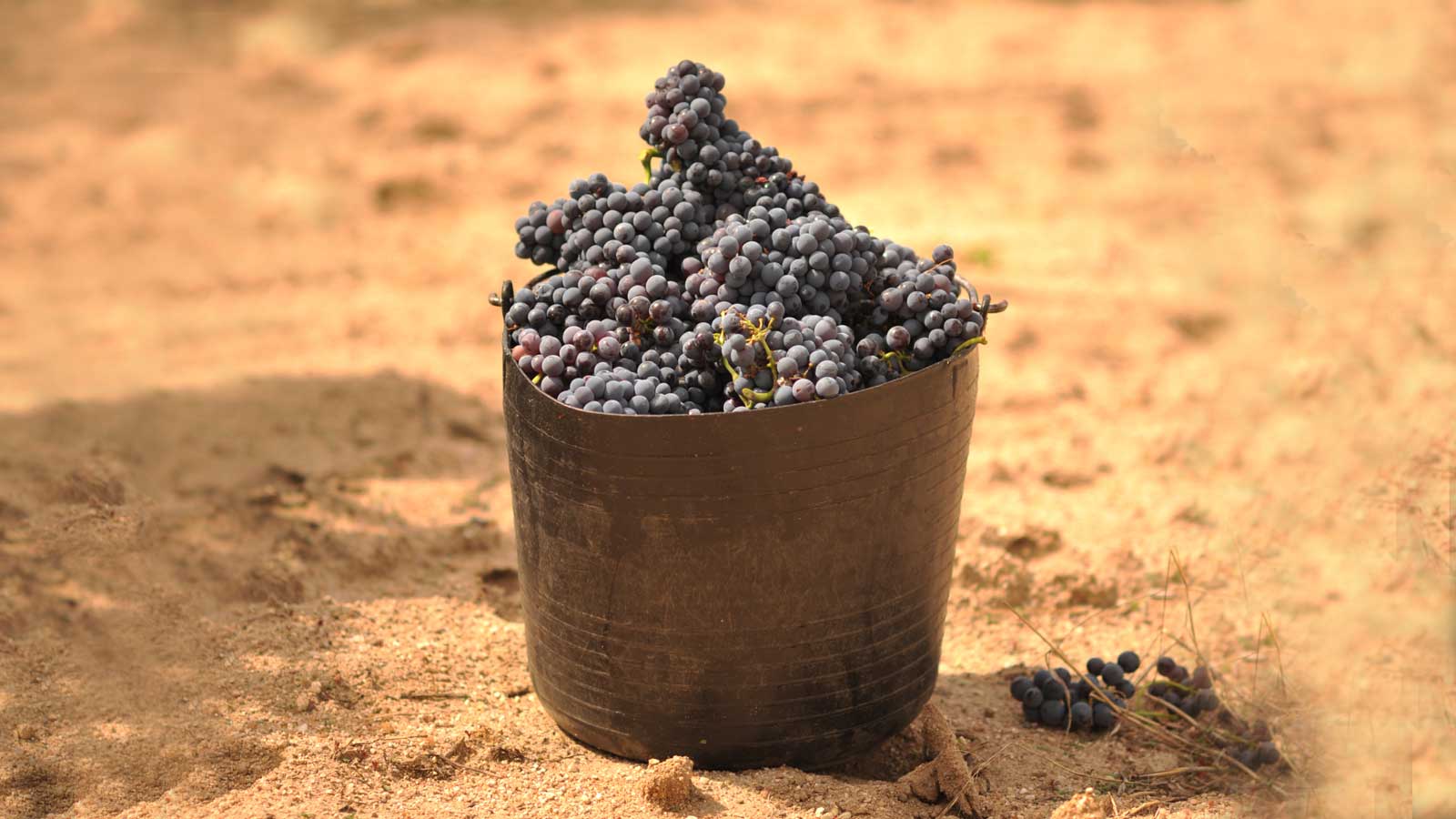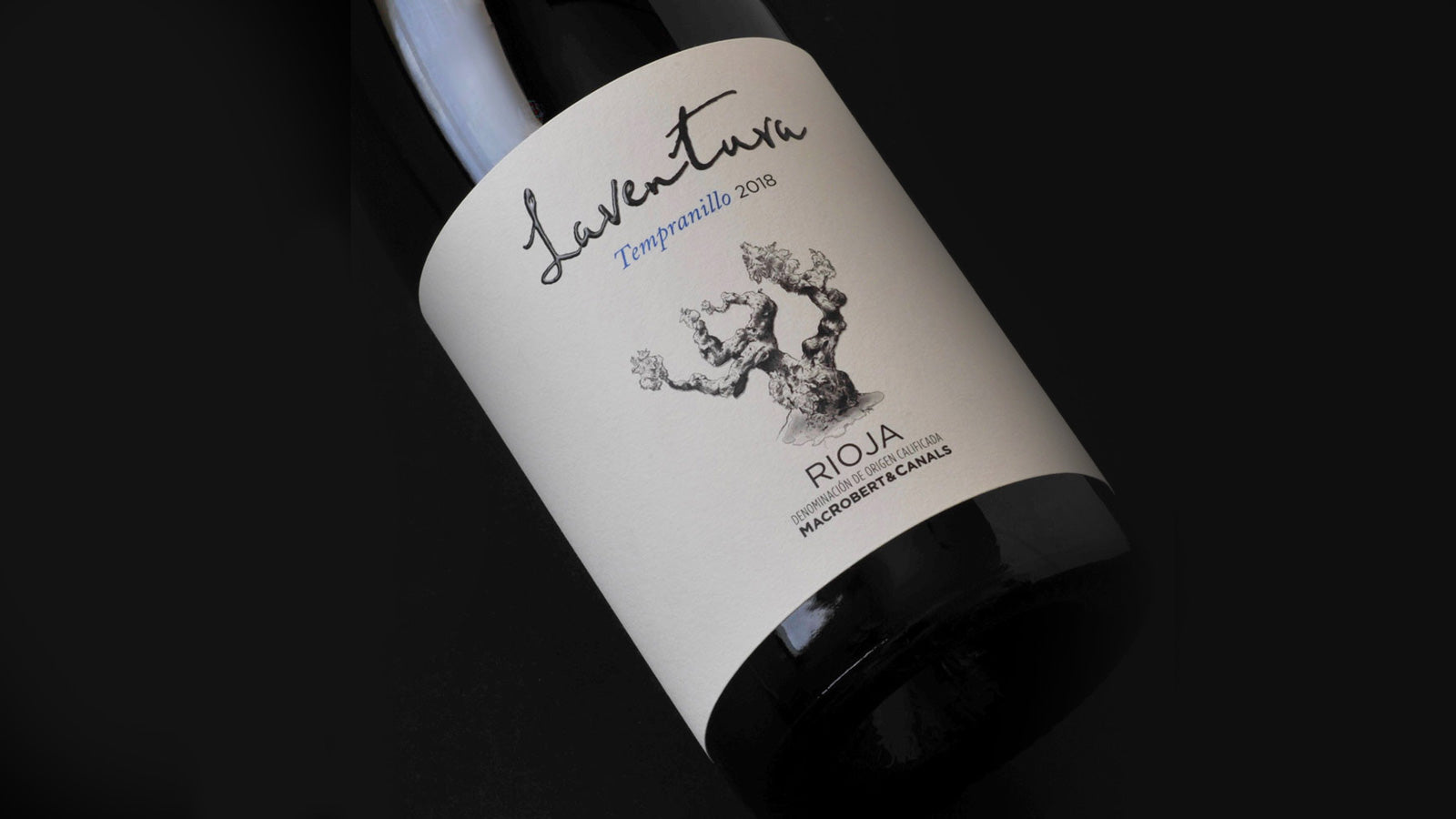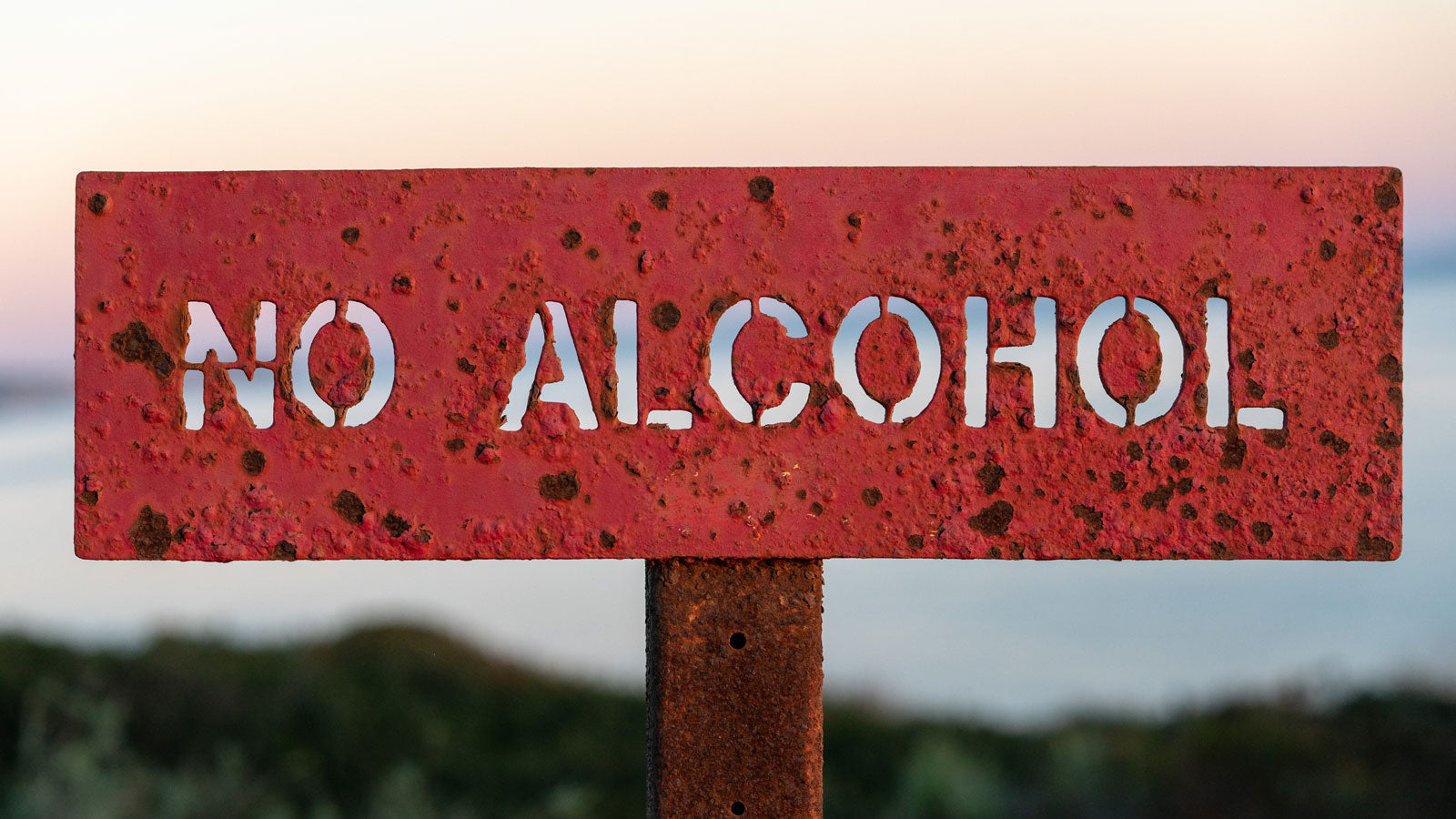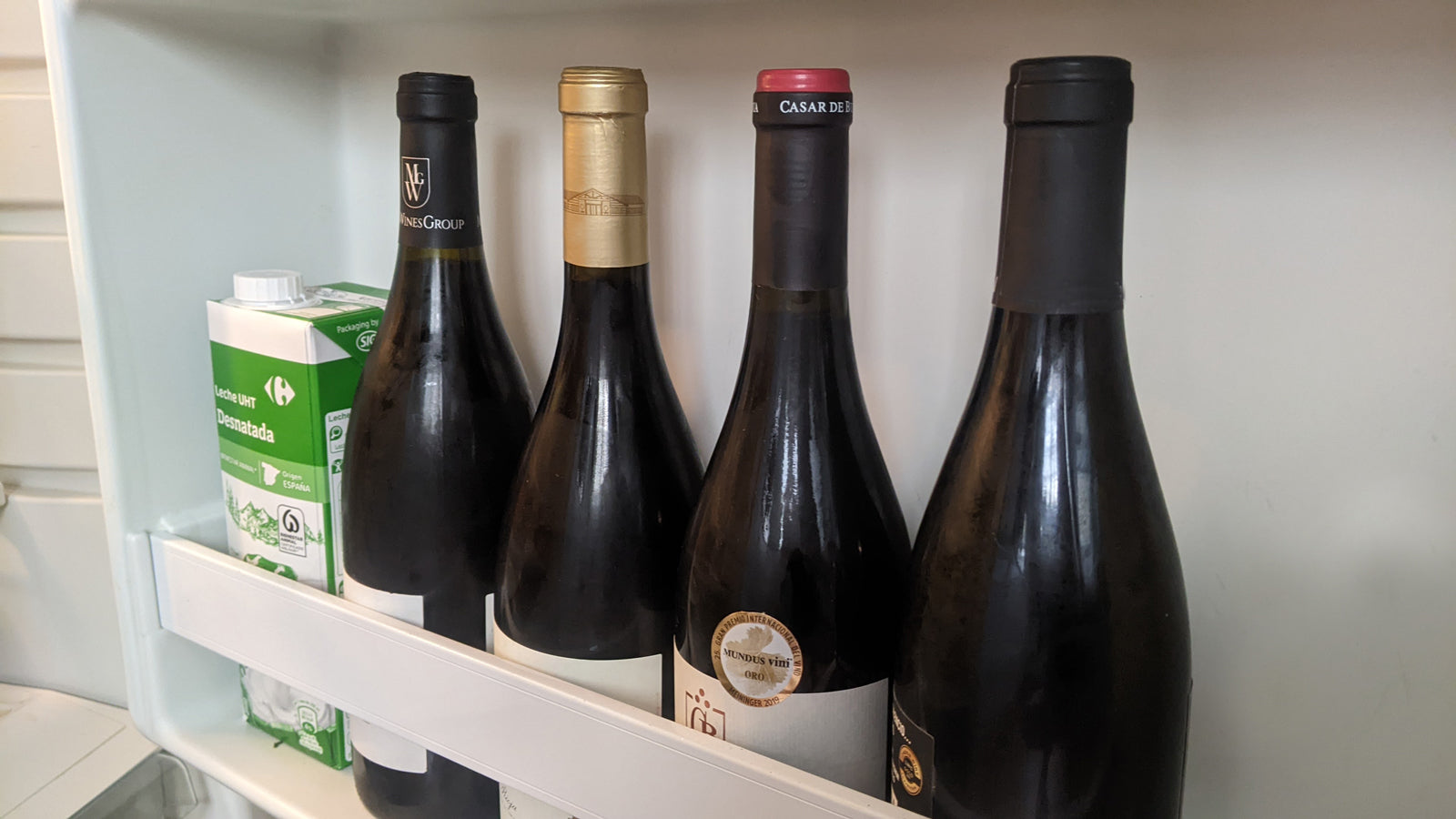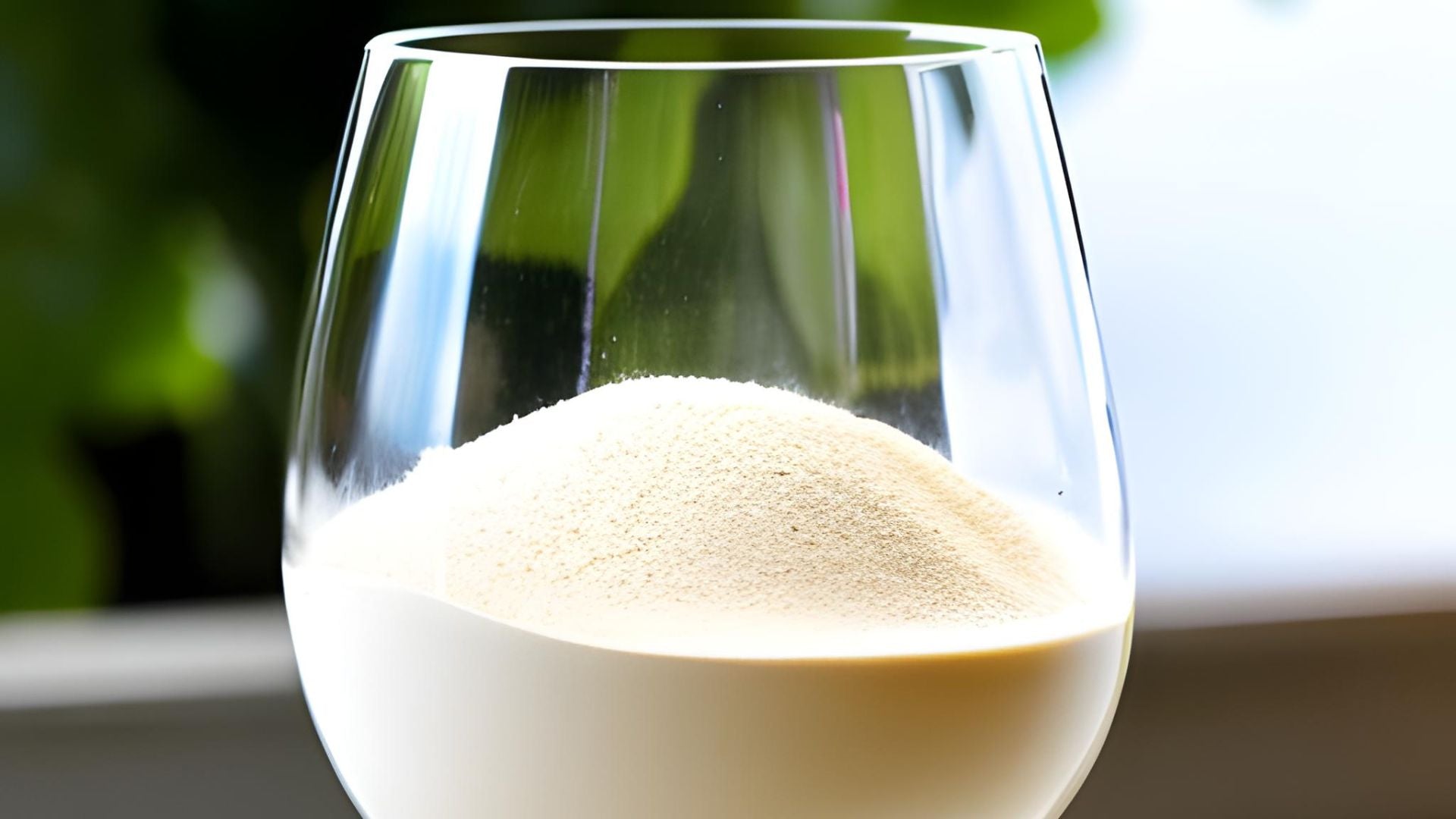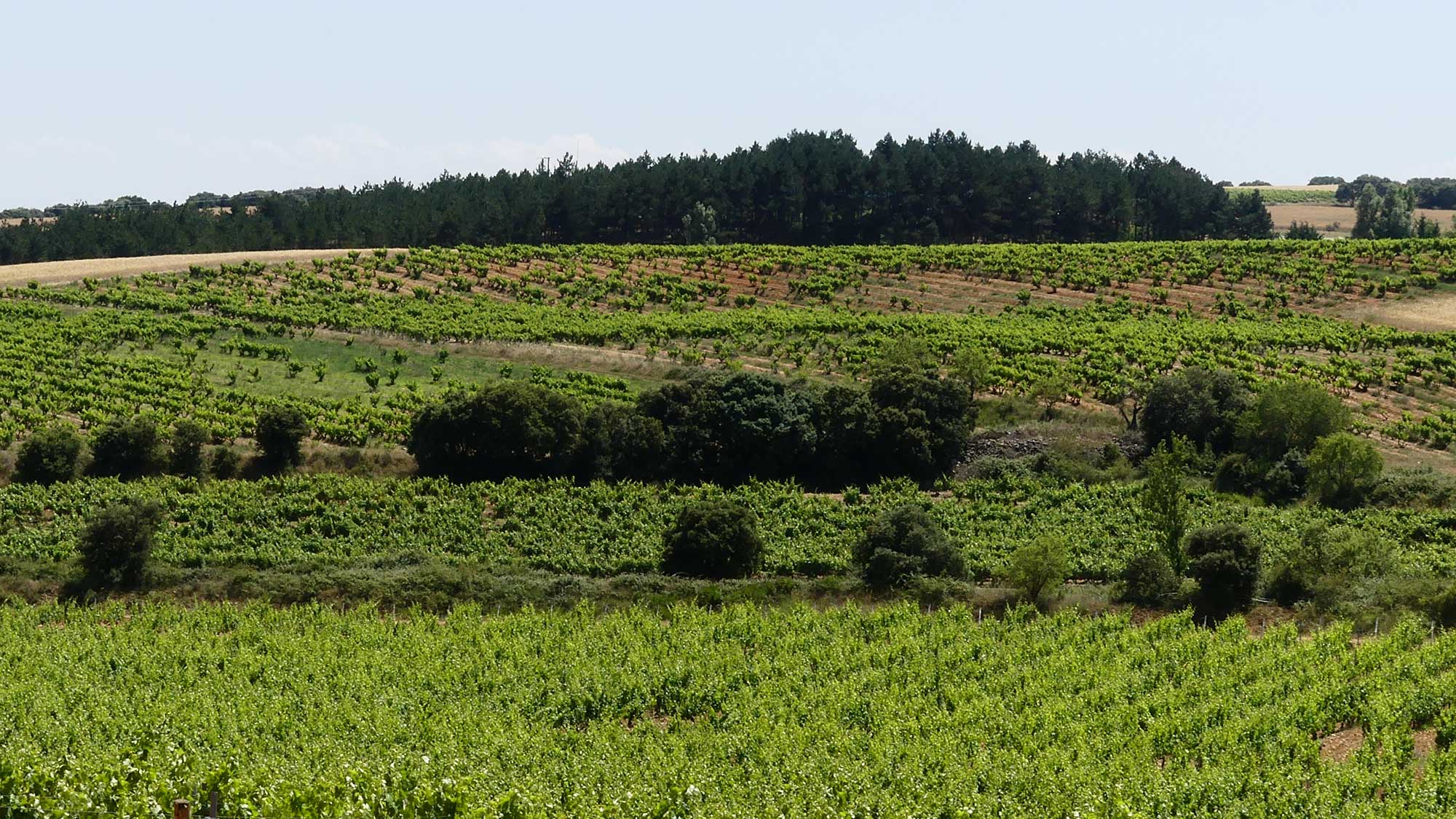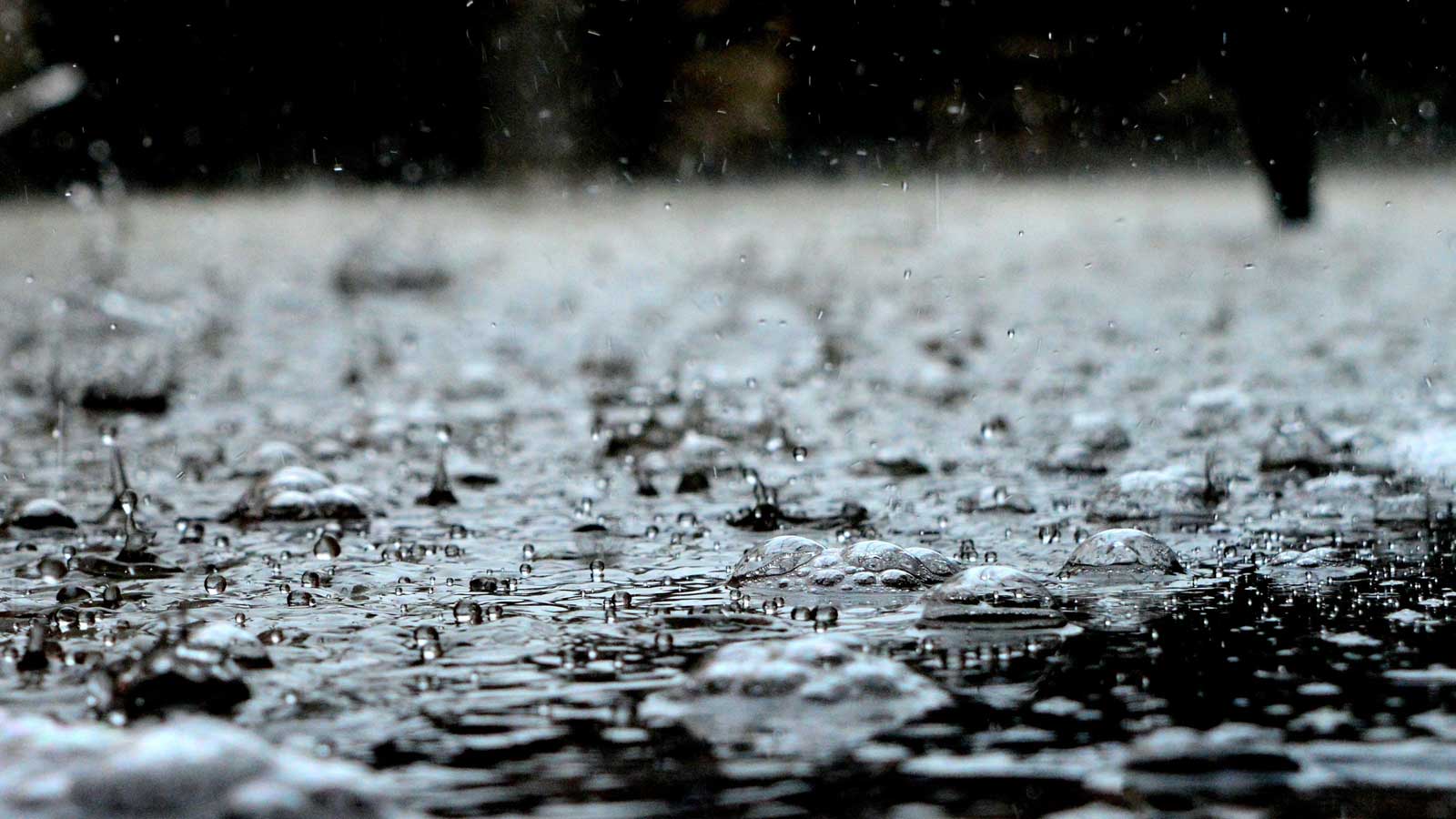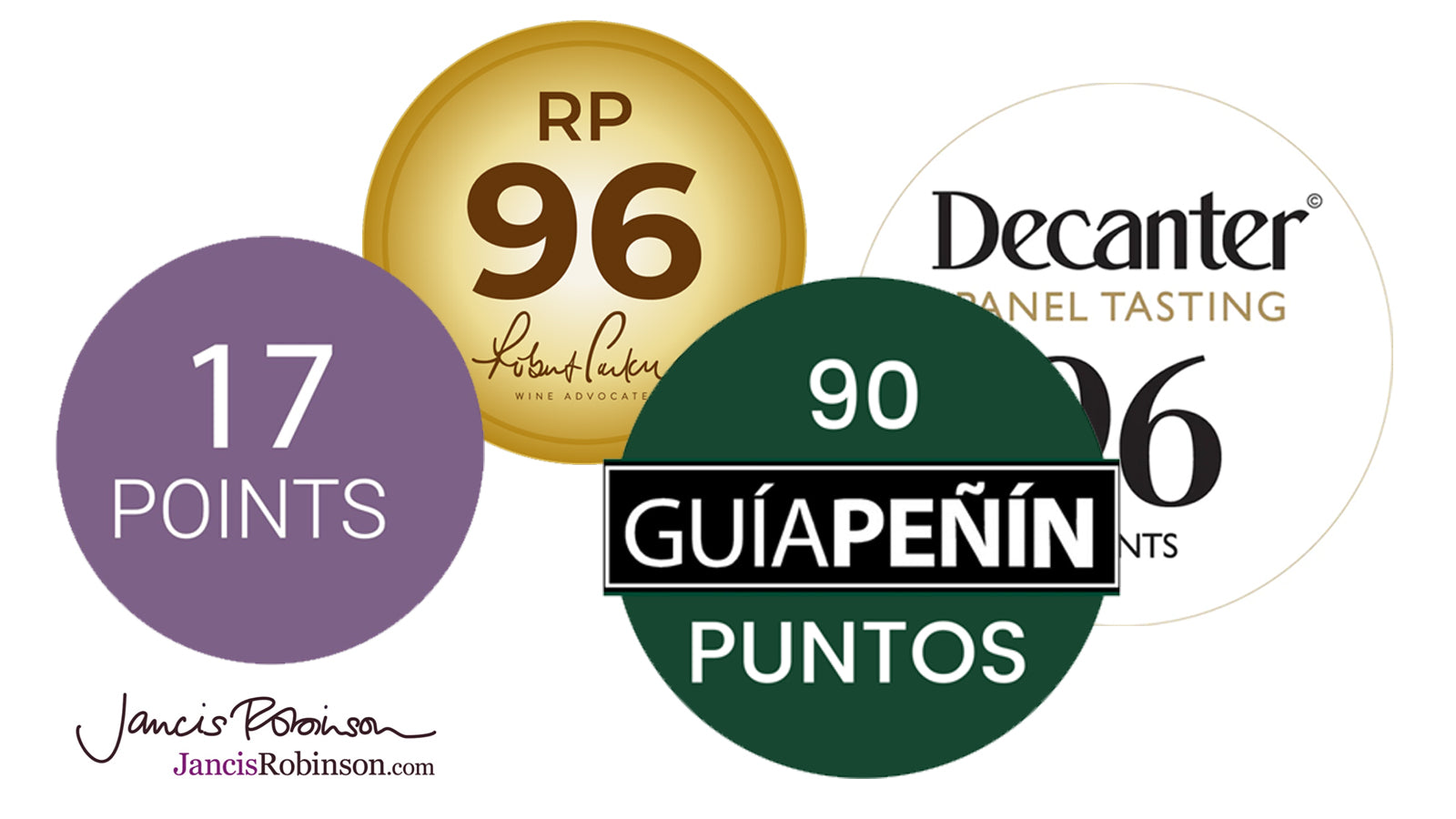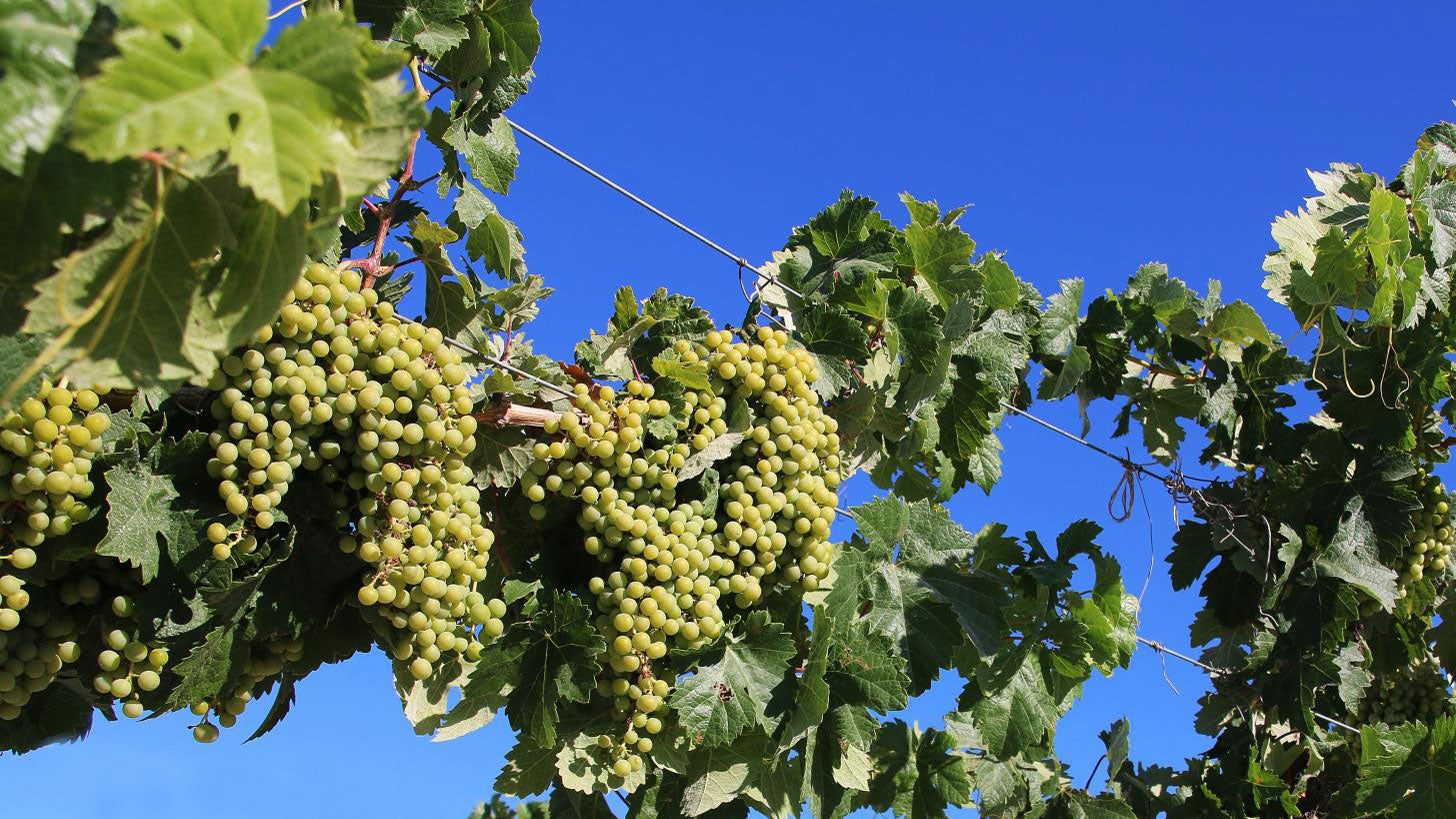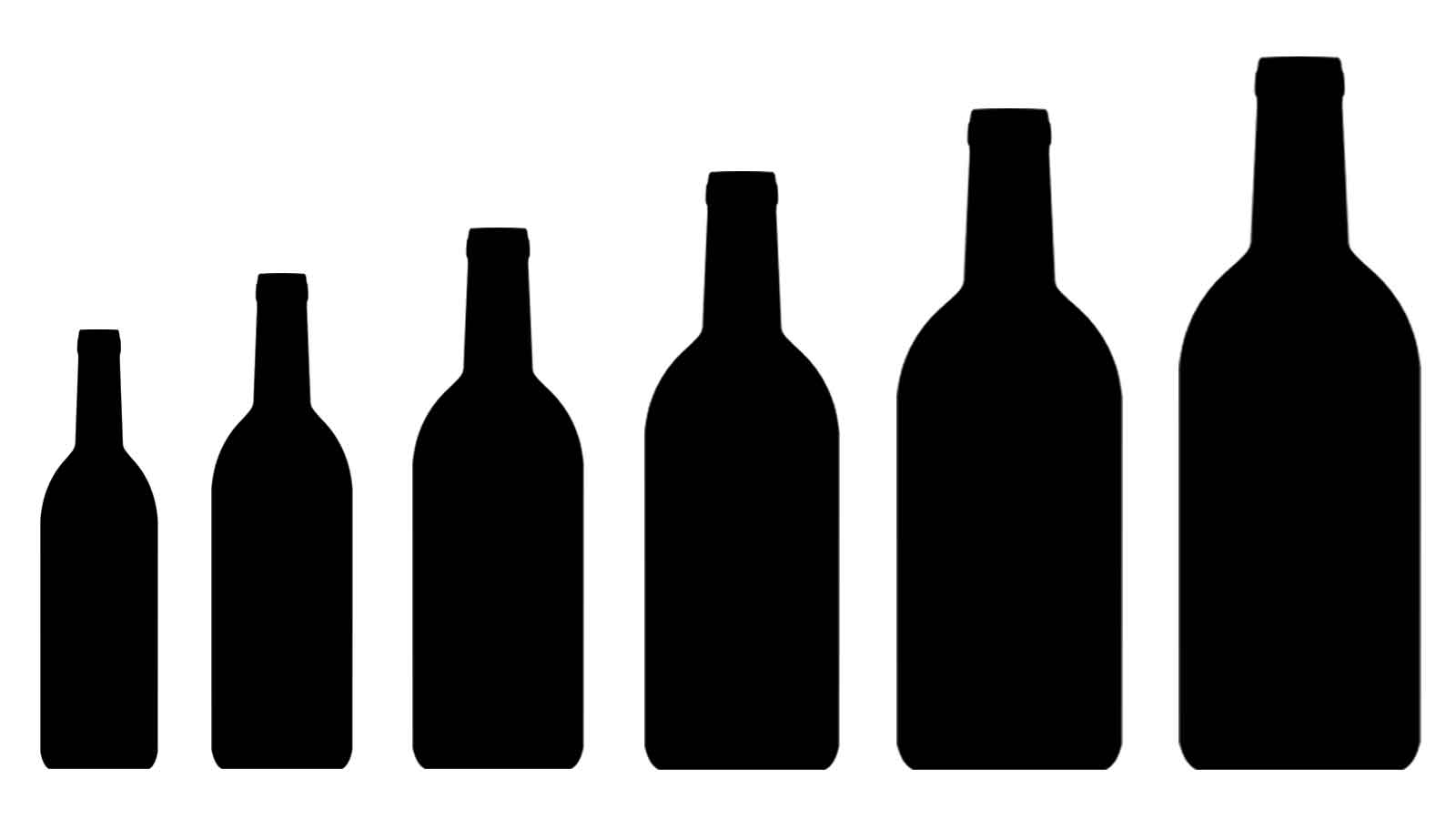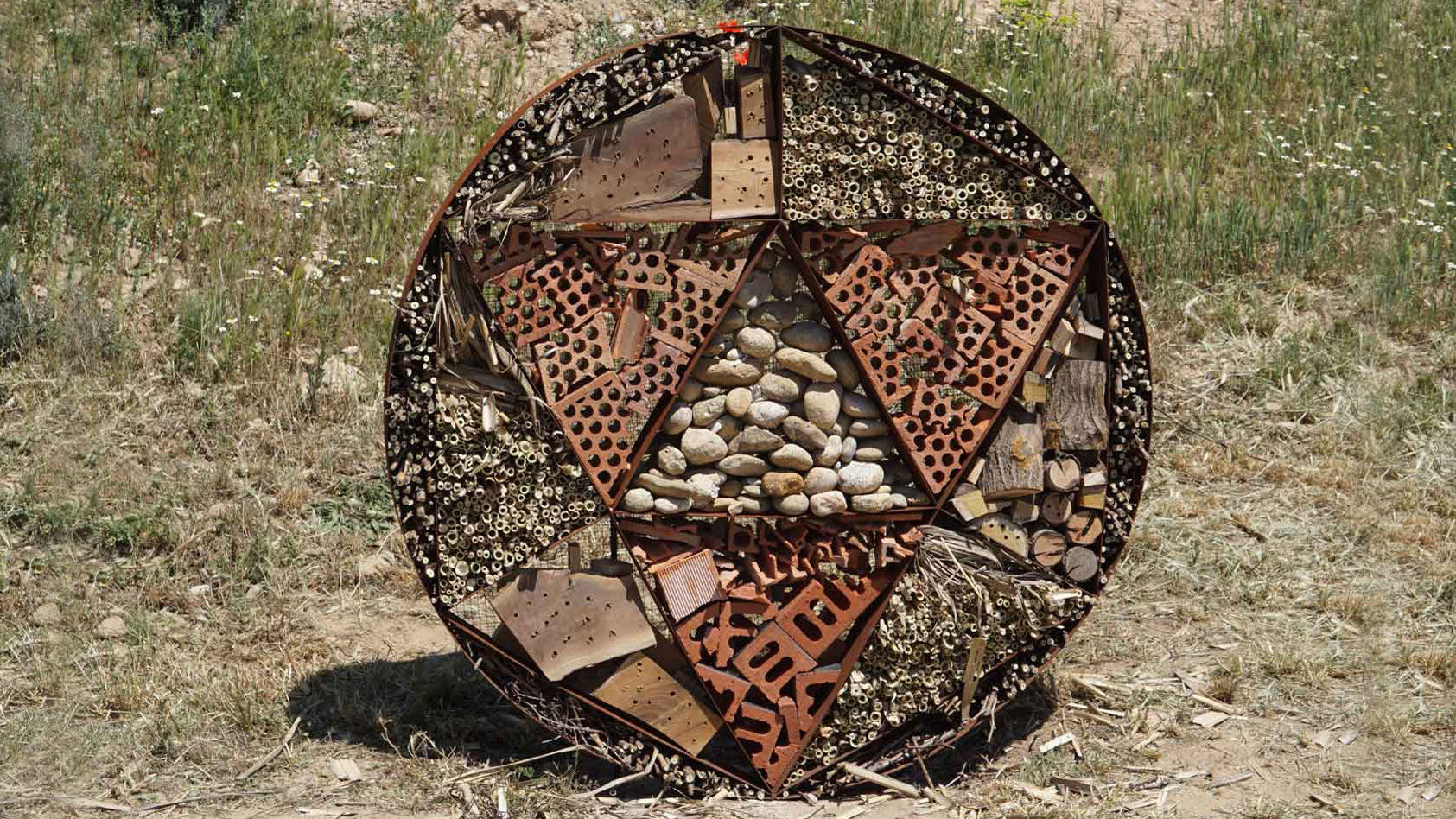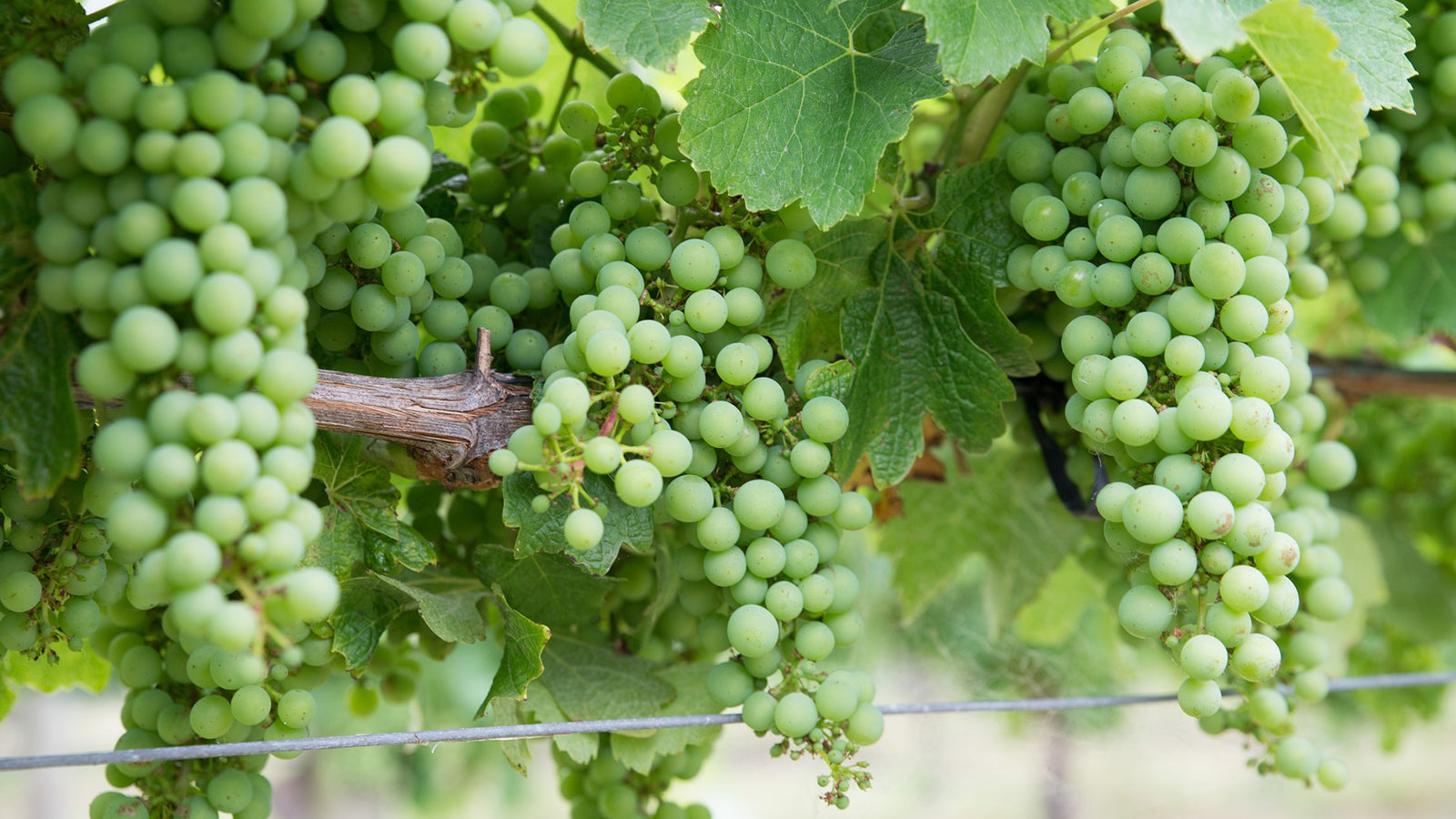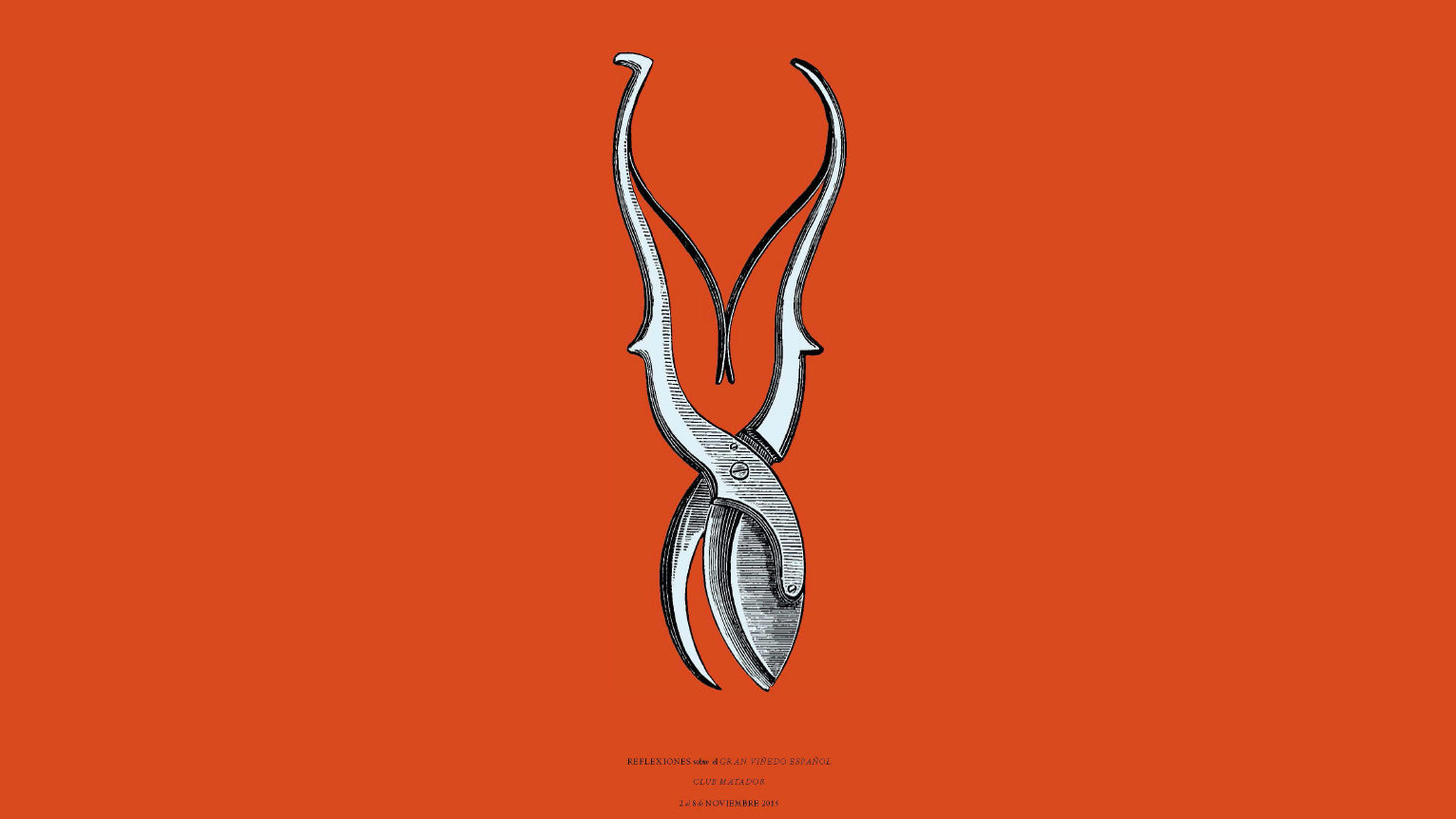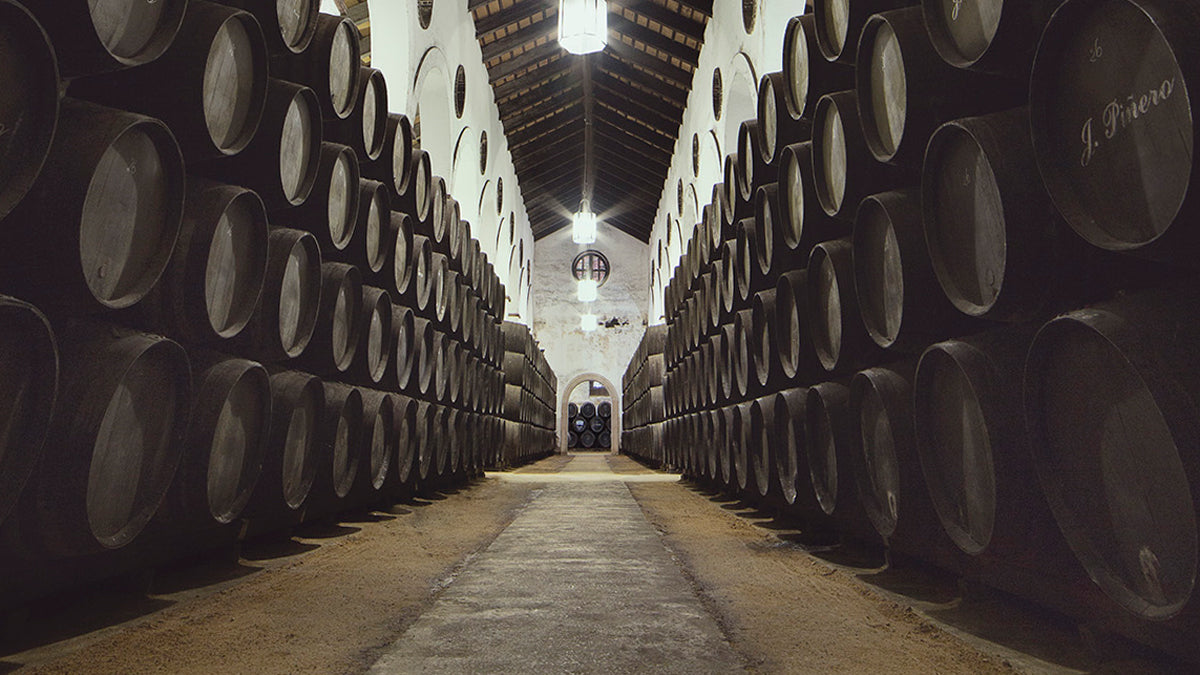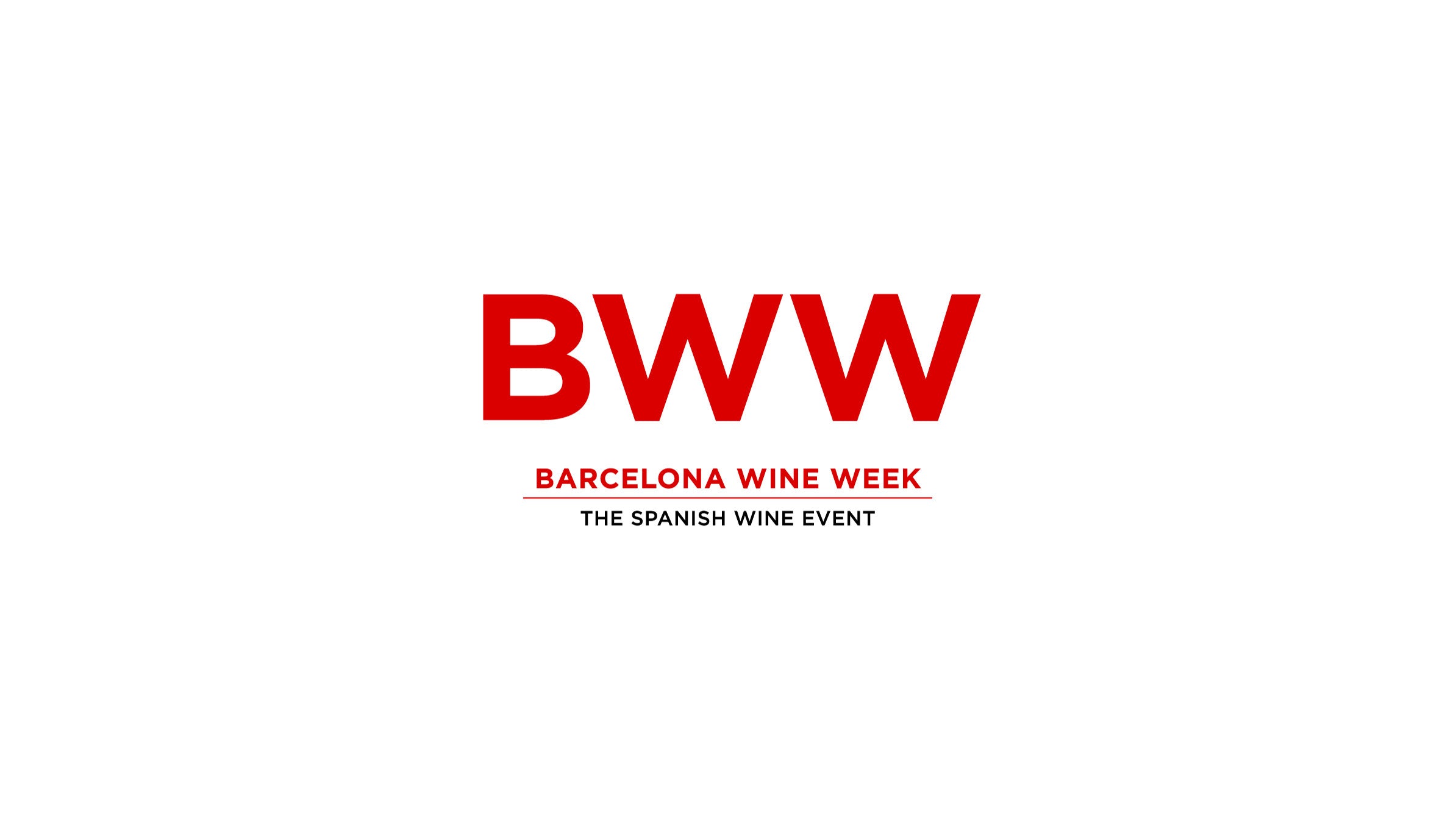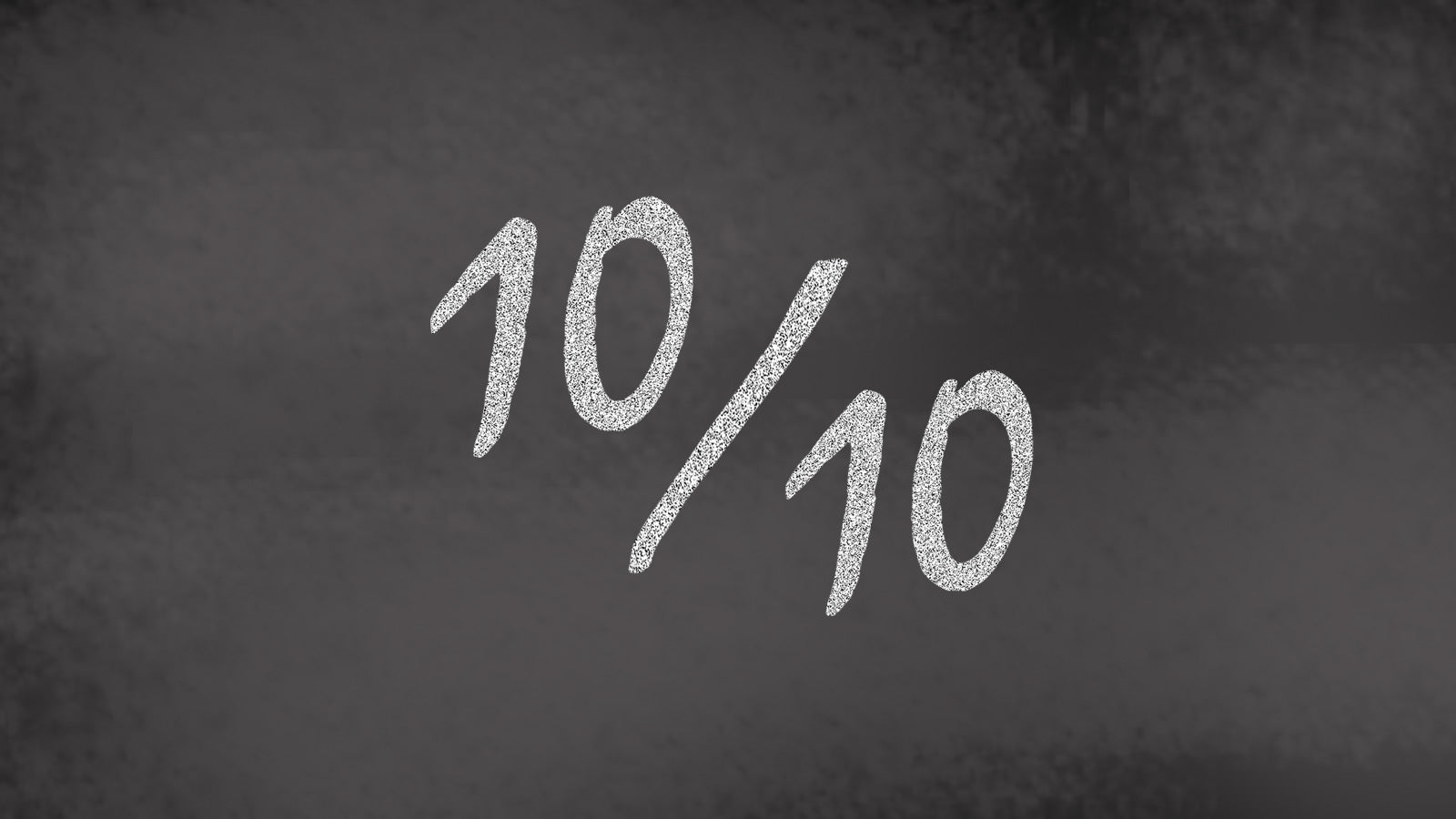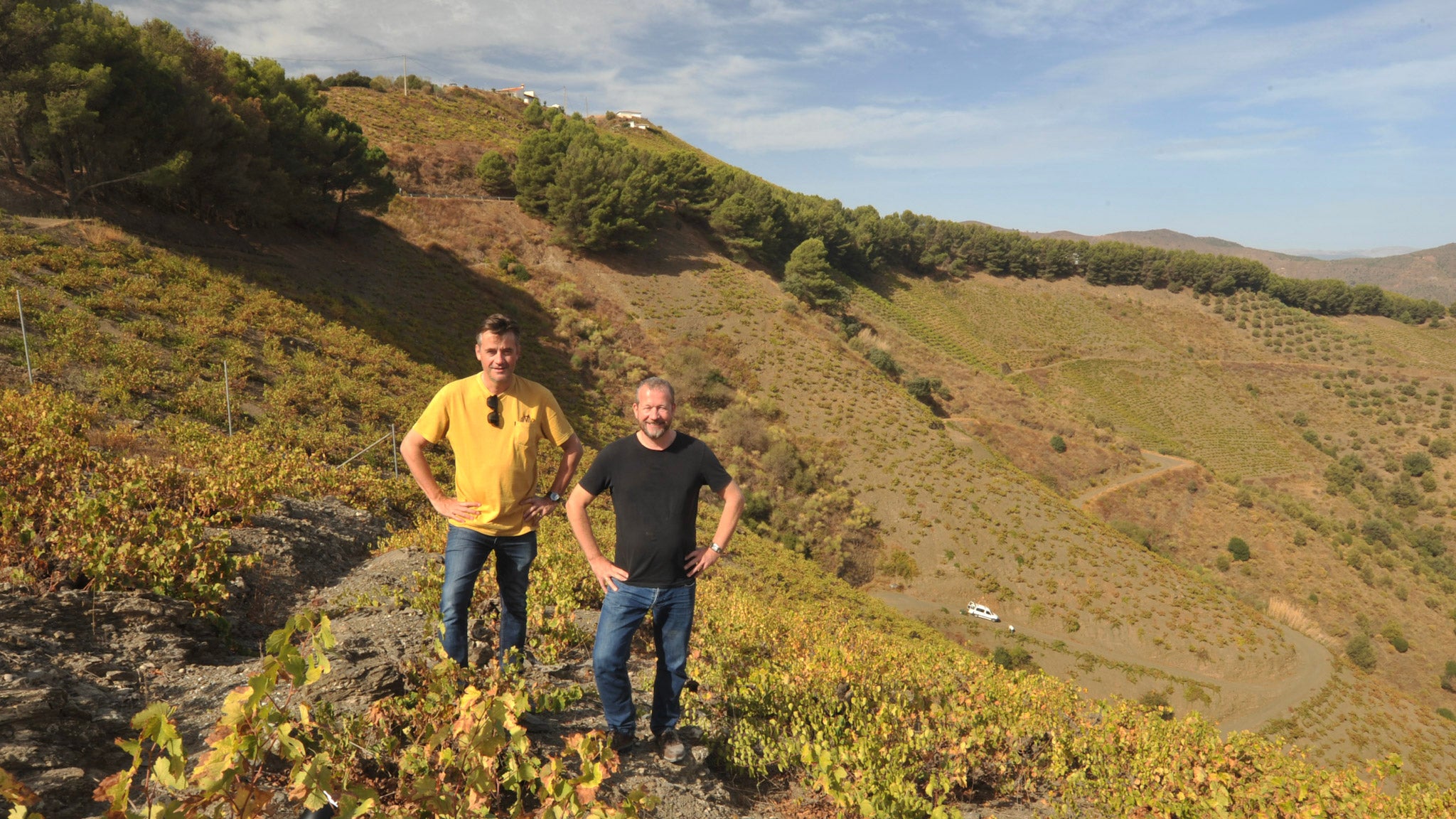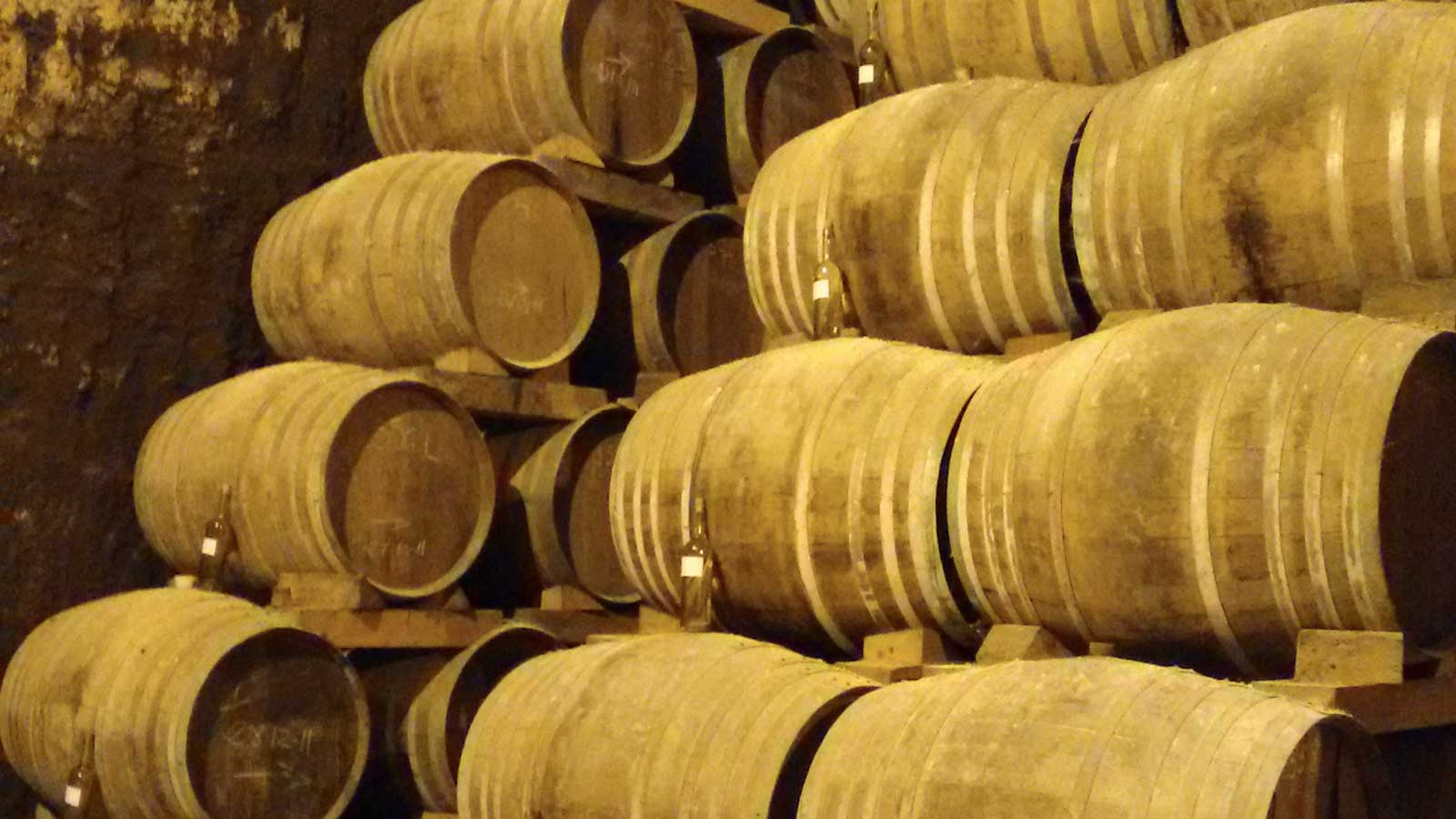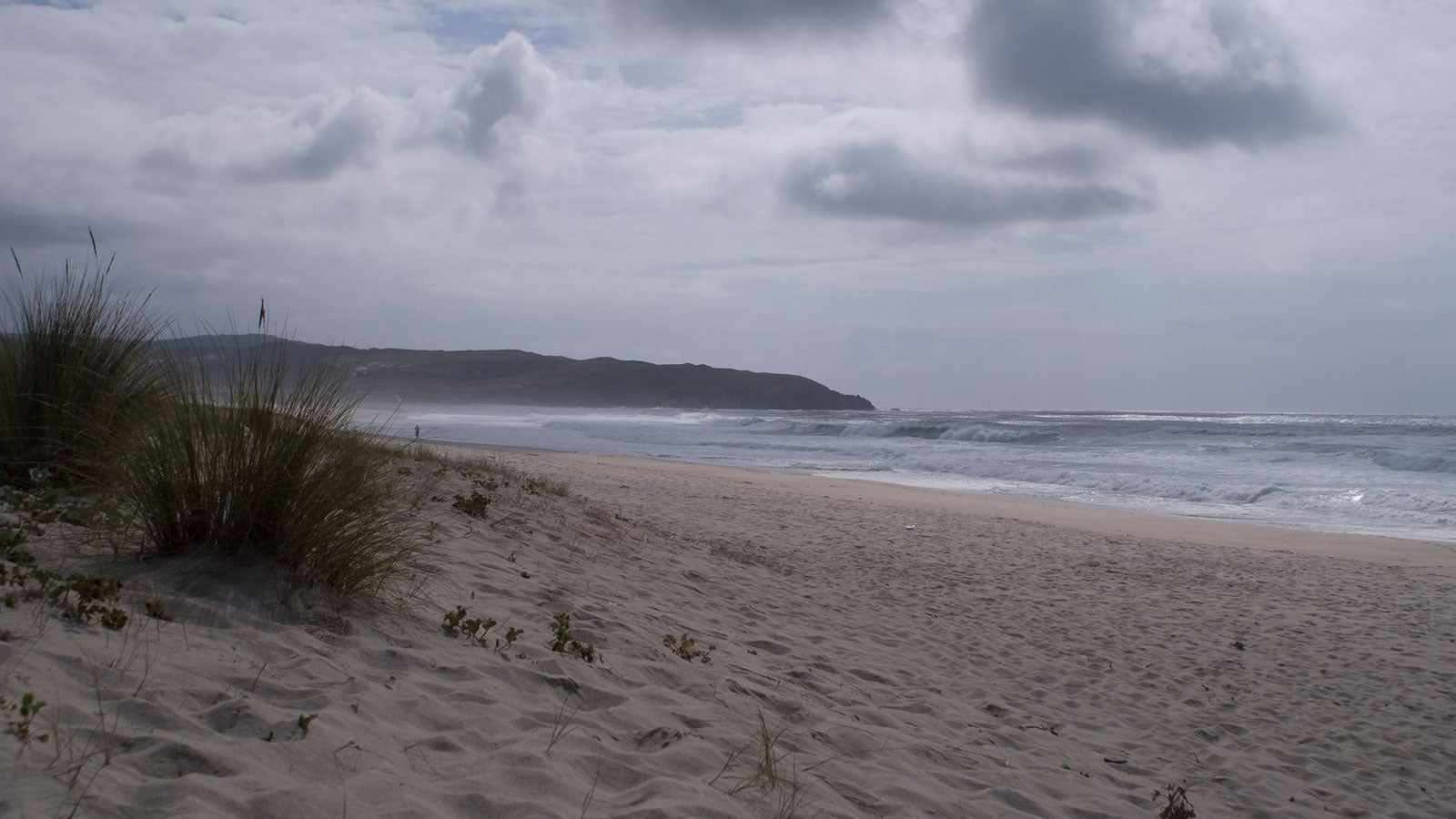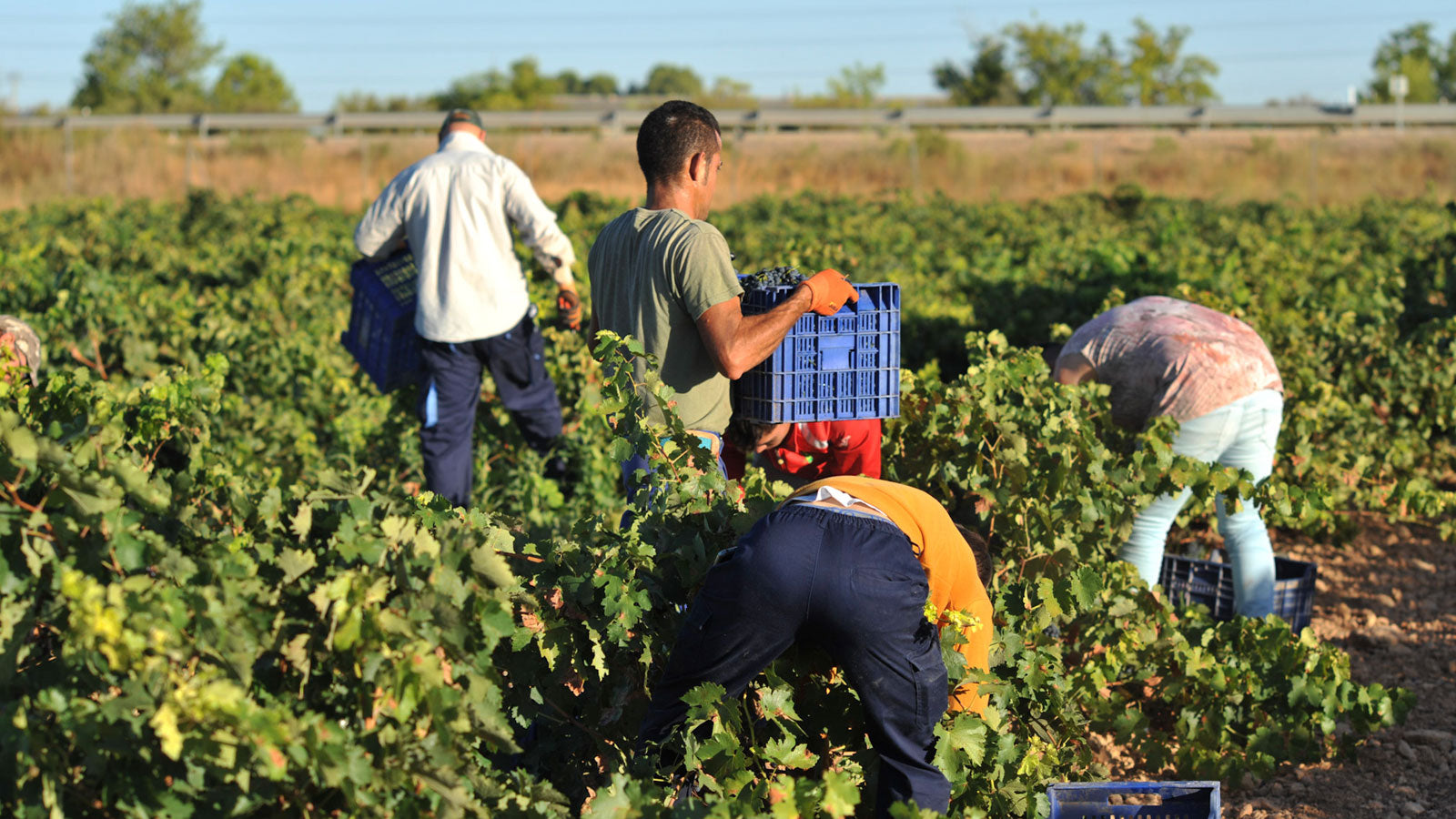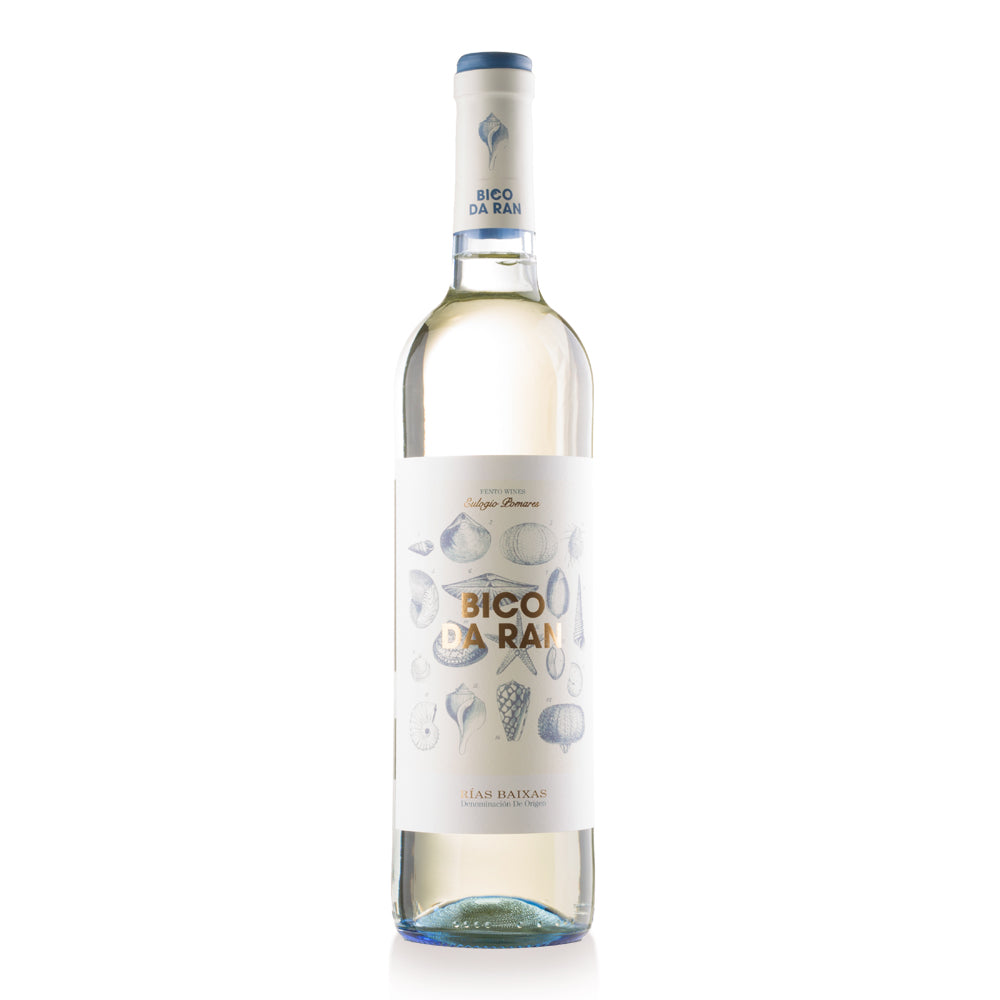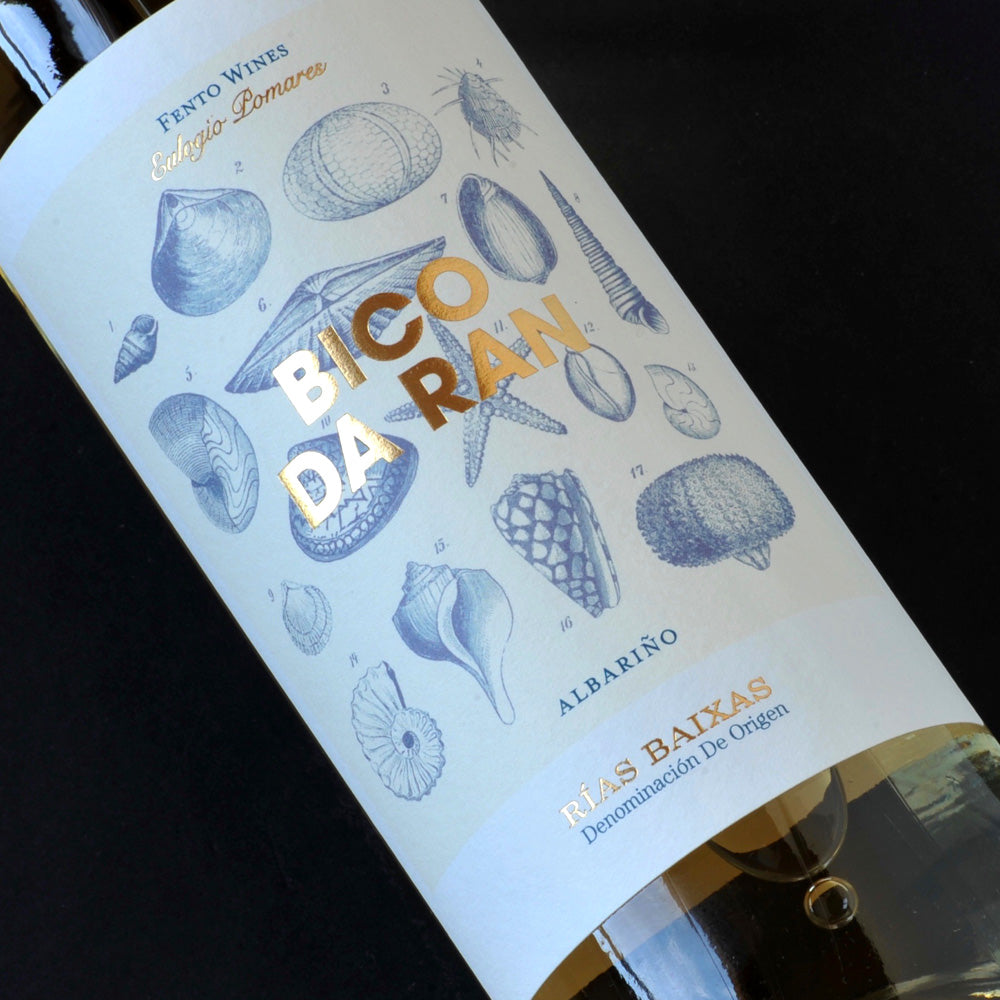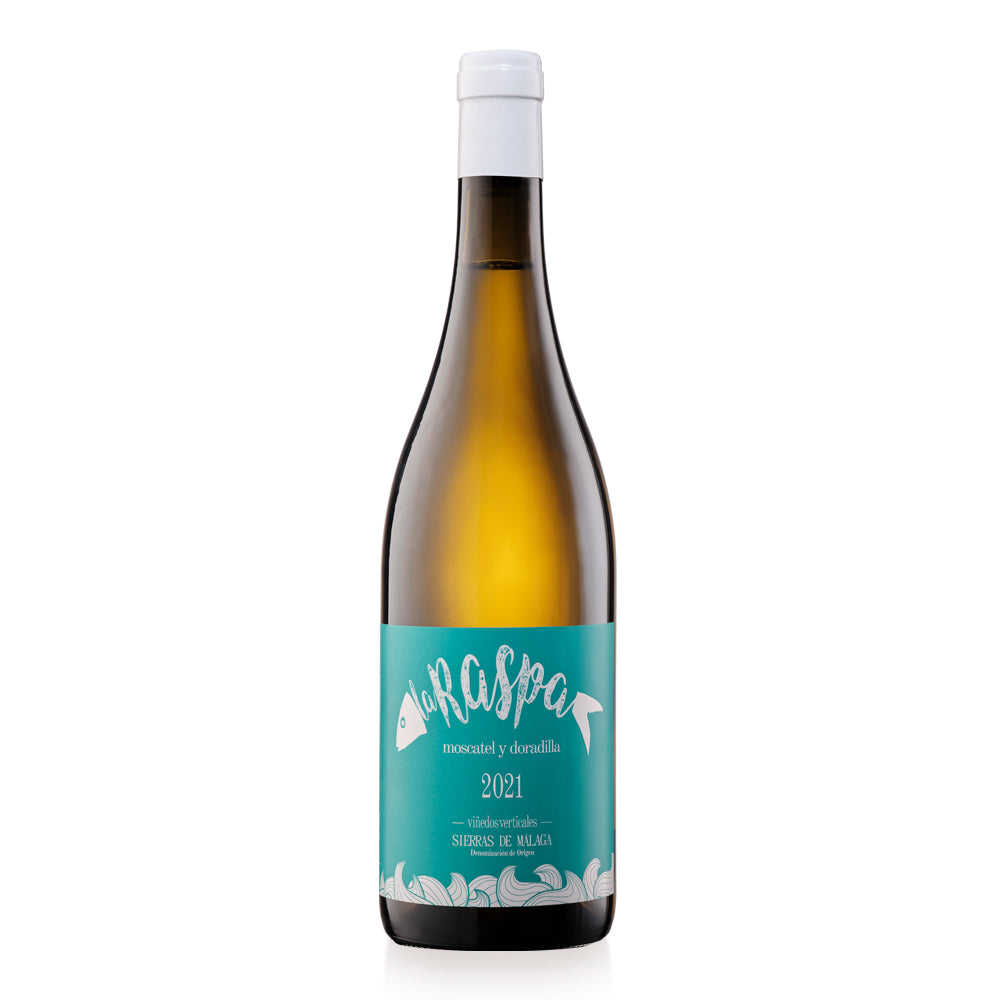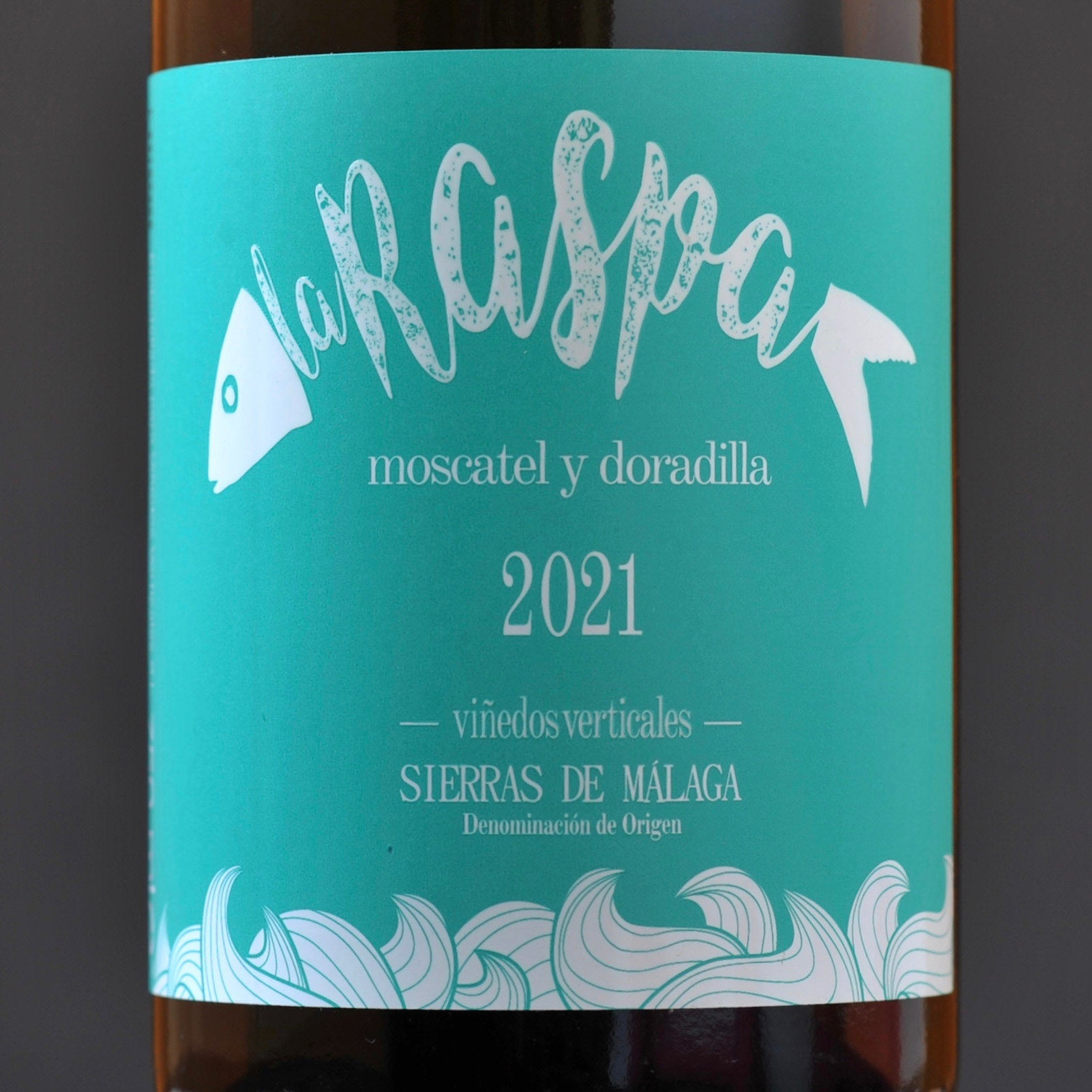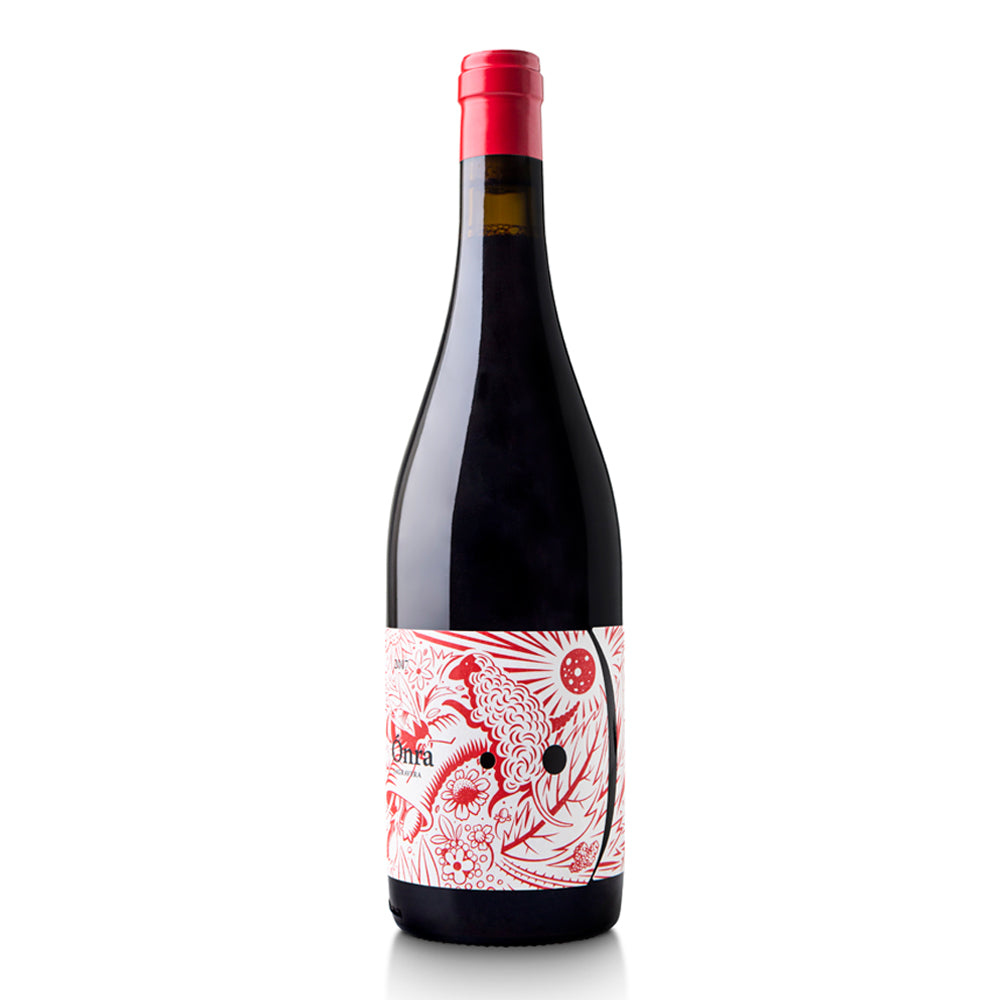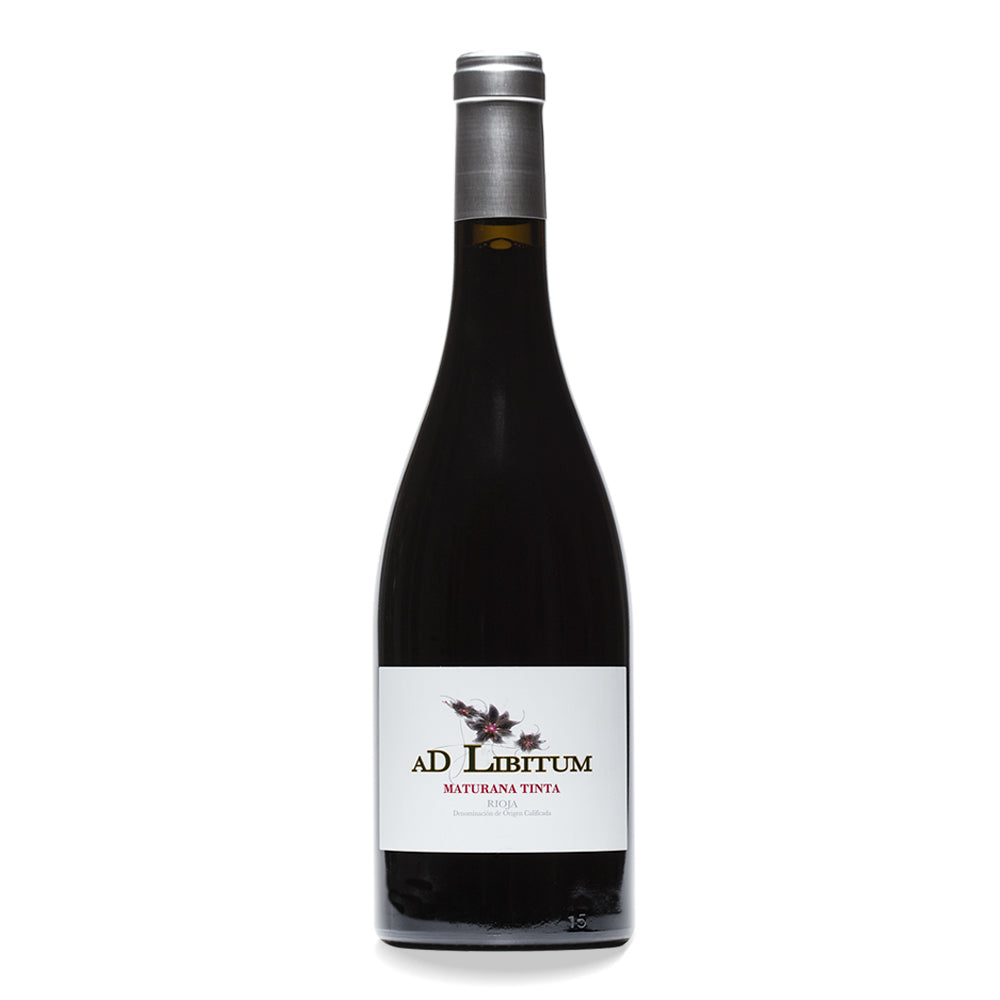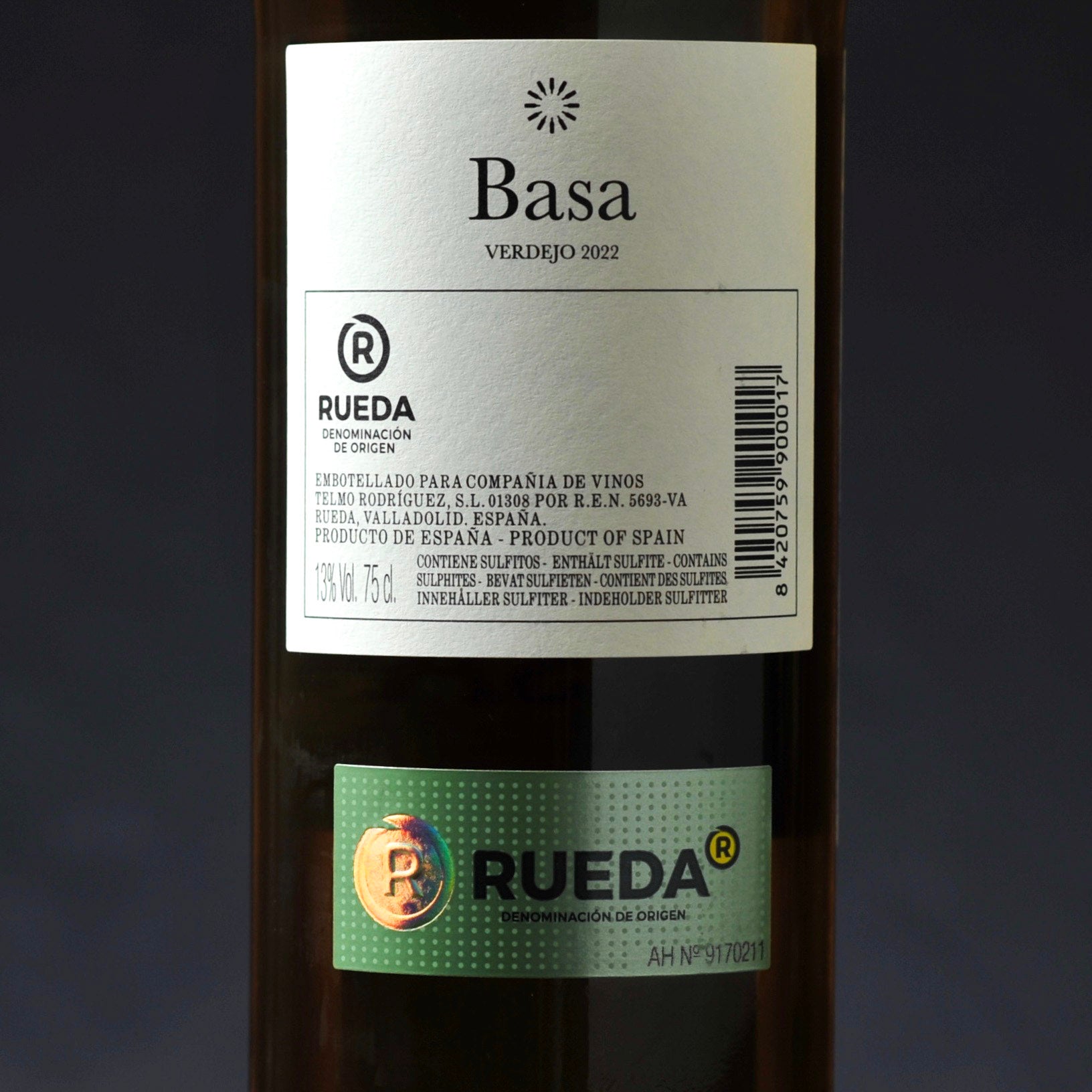With winemakers across Spain busy in their bodegas prepping their wines for winter, it’s a good moment to look back at this year’s harvest, which has been pretty challenging across most of the country.
The final, detailed report is still to be published but, in terms of tonnes of grapes harvested, the Ministry of Agriculture in Madrid is already talking of a 15% fall on the 2022 harvest. This would make 2023 the smallest vintage in Spain for the last six years. Like most things that happen in the countryside, weather had a lot to do with it.
The wine year began back in the autumn of 2022 which, in Spain at least, was the warmest ever recorded, with an average temperature of 16.4ºC; a full 2ºC above normal. It was also very dry: 125 litres/m2, or a full 24% below normal for the time of year.
The warm weather continued into the winter. More meteorological records were broken in December 2022, which was the warmest on record in Spain, and although things got back to normal a bit in January - and by February temperatures were even slightly below the historical average – the winter finished with a period of below-the-average rainfall which meant budbreak varied a lot across Spain’s wine regions.
March and April were both classified as ¨very warm¨ and ¨very dry¨ by the state meteorological organization AEMET, while overall spring 2023 was the second driest on record (just beaten into second place by the spring of 1995) with average rainfall of 95 litres/m2. Again, all that sequía sends mixed messages to the vines and tends to artificially accelerate the growing cycle of the vine.
Things got even more complicated in the second half of May when all of us in Spain learnt a new acronym – the famous DANAs, or Depresión Aislada en Niveles Altos, hit the peninsula, sparking a series of torrential rains which again interrupted the ripening of the grapes across large parts of the country.
Just as we dried out, the hot, dry summer began in earnest, with four successive heat waves effectively shrinking the size of the ripening grape berries and making for a very uneven final ripening phase.
So, a bumpy ride overall! As a consequence, lots of Spain’s big wine-producing regions expect significant drops in output: Castilla La Mancha forecast a fall of 22%; Extremadura 25%; and Catalunya up to 30%. Meanwhile, a few other regions have escaped relatively scot free, with Galicia predicting a 15% increase in the final harvest numbers, the Balearic Islands around 9%, and the Canaries up to 27%.
Interestingly, Spain’s figures are pretty in line with what’s happened globally in 2022-23. The International Organisation of Vine and Wine, or OIV, are expecting one of the lowest outputs of the last 60 years, and put that down to extreme weather across the planet, whether early frosts, torrential rains or drought.
On the plus side, that predicted wine shortage will give global supply and demand a chance to realign. A combination of COVID interruptions, inflationary pressures, war and interruptions to supply chains had led to a surplus of hectolitres which had producers around the world, but particularly in Europe, struggling to make a profit.
Fortunately for us lucky drinkers in the wine world quantity is not synonymous with quality. The constantly changing weather conditions have kept vineyard technicians on their toes throughout the growing season, and focused on mitigating the impact of the weather as much as possible. All that effort has meant that while outputs may be down, only really healthy fruit in optimum condition of ripeness has made it to the bodega, leaving many Spanish producers forecasting a quality vintage.
So fill your glasses and get ready for more top notch Spanish wine in the months to come!
Salud!
